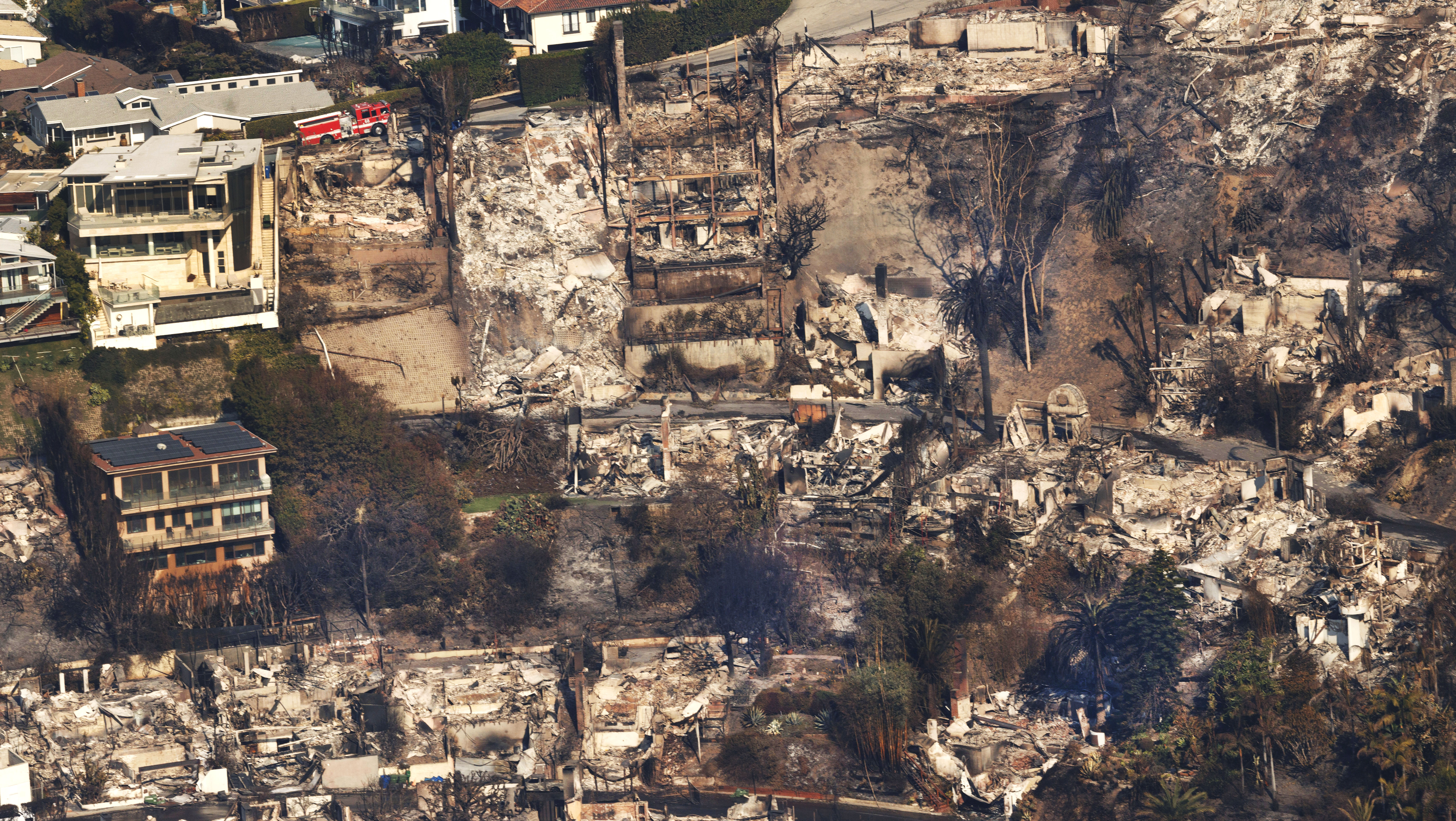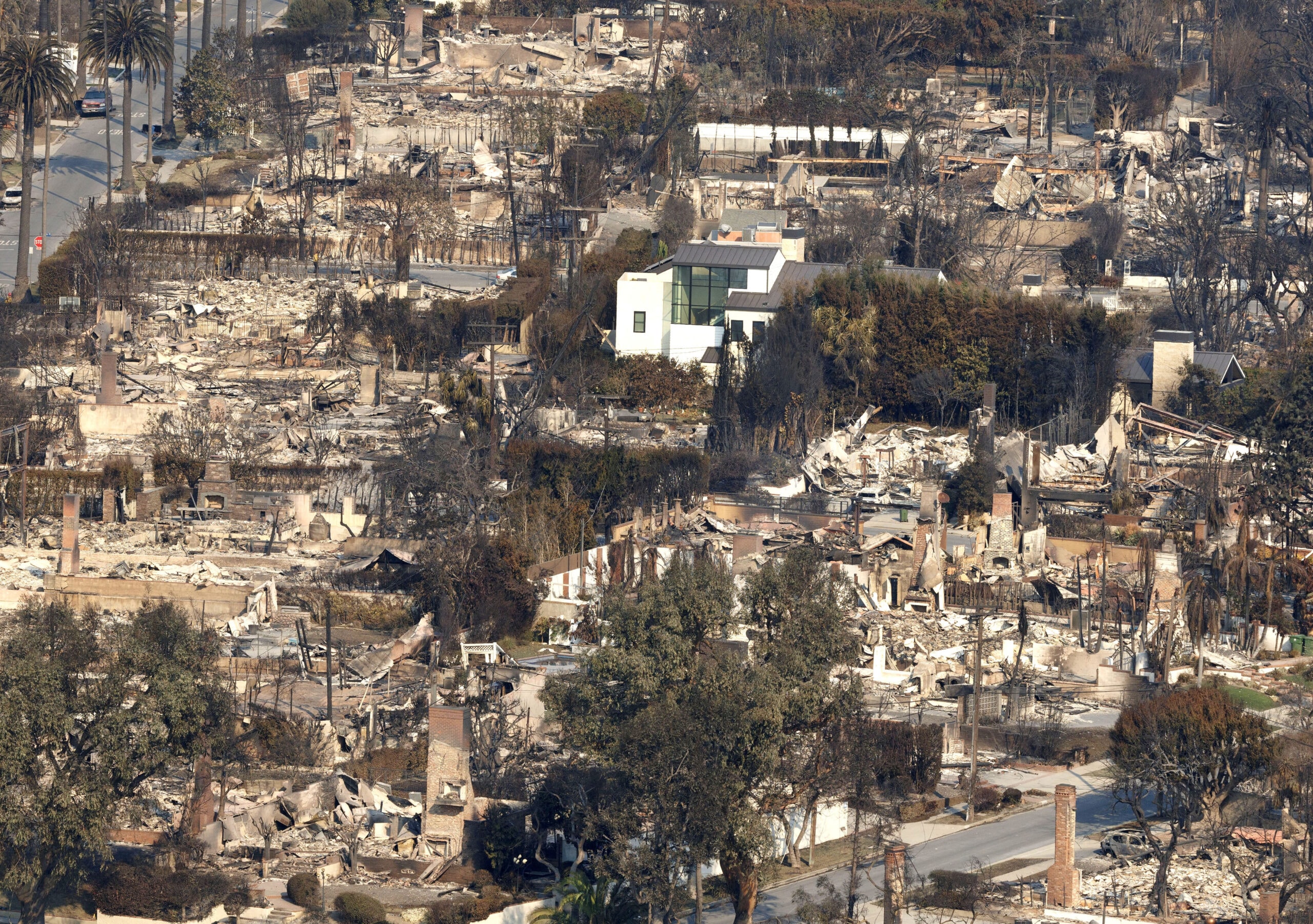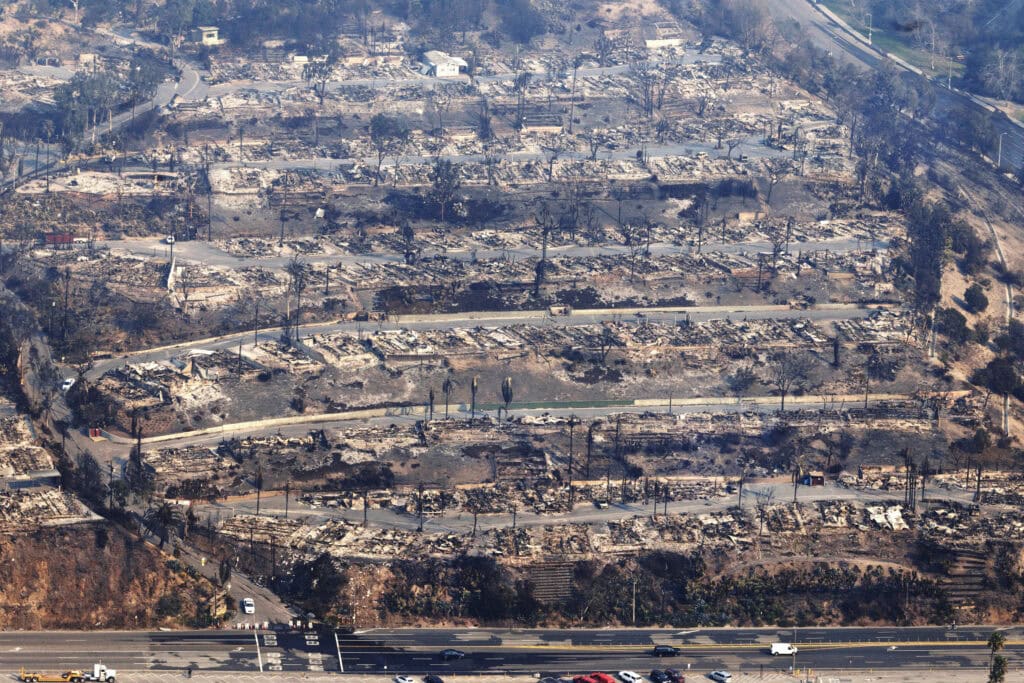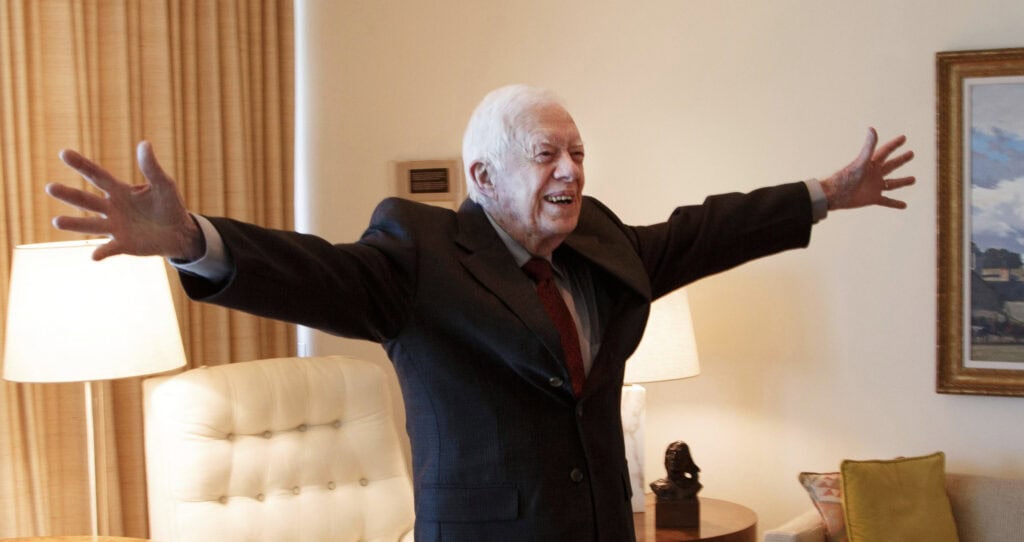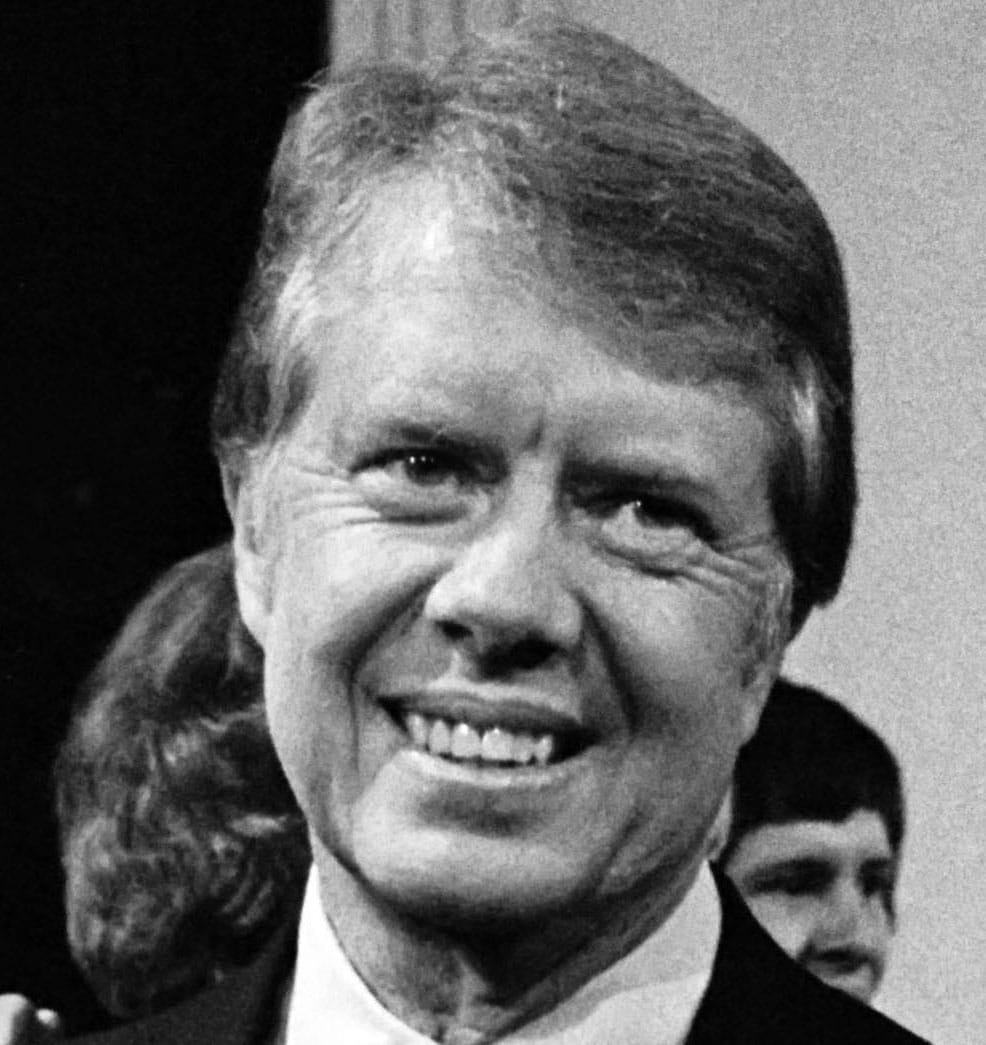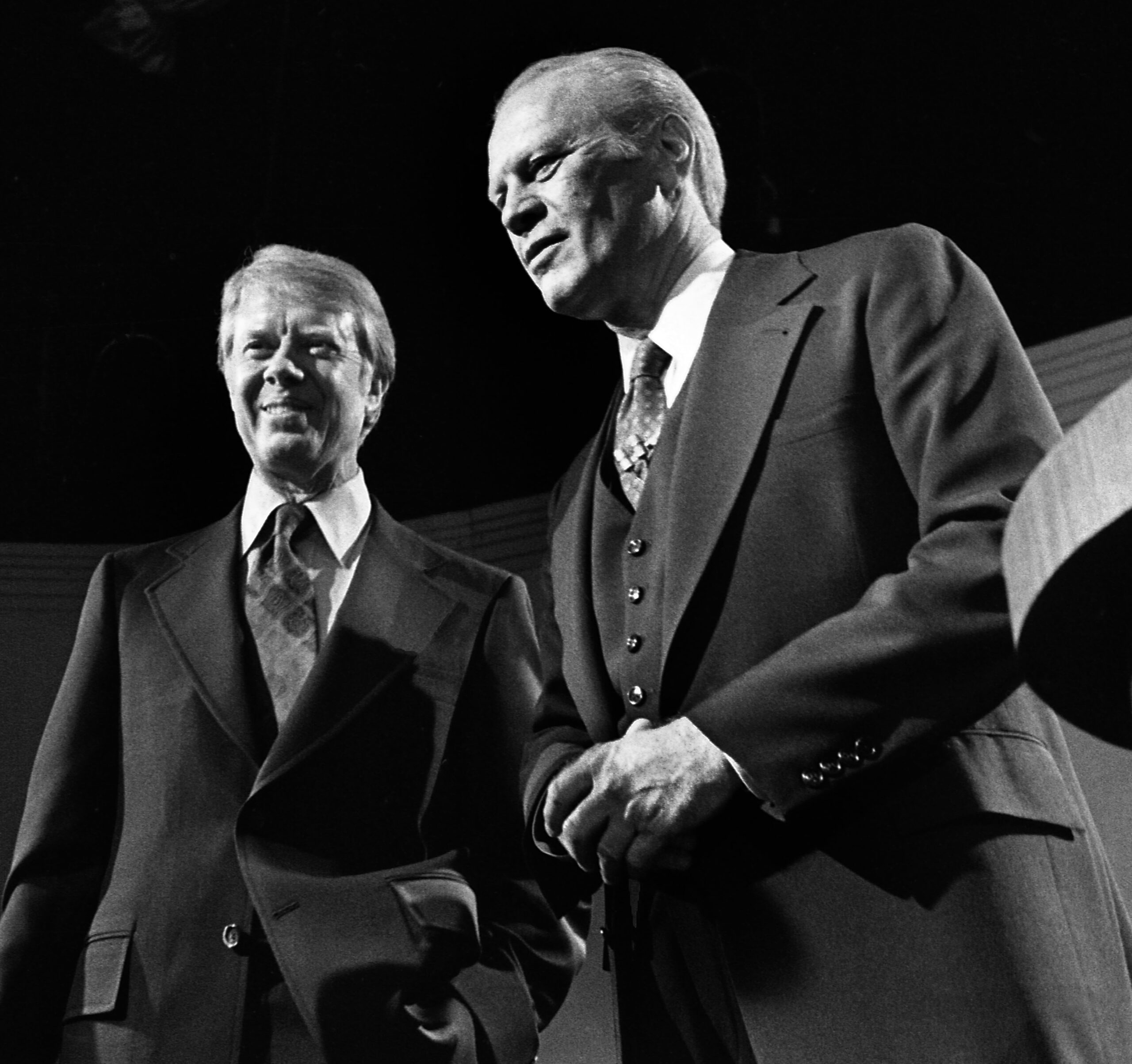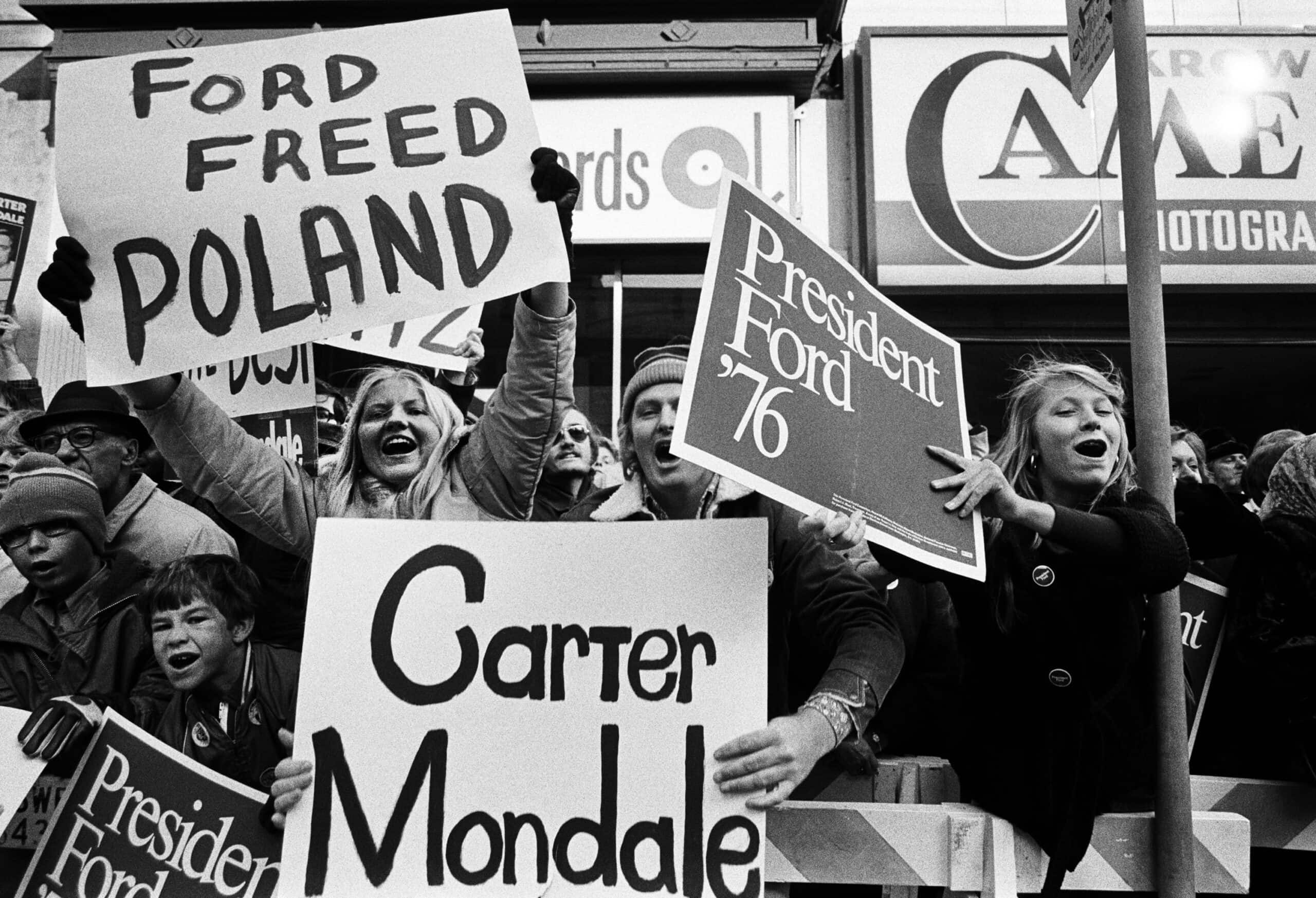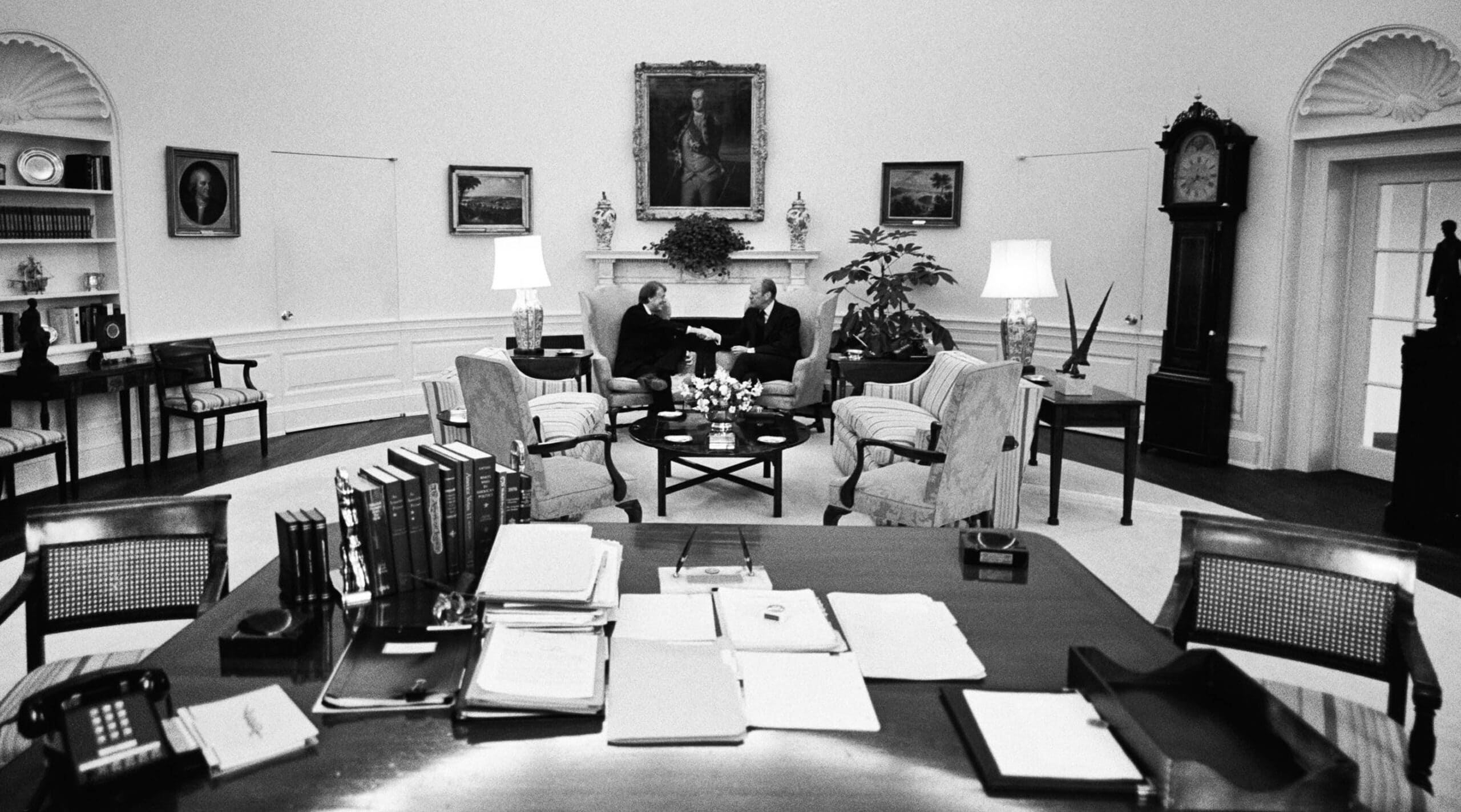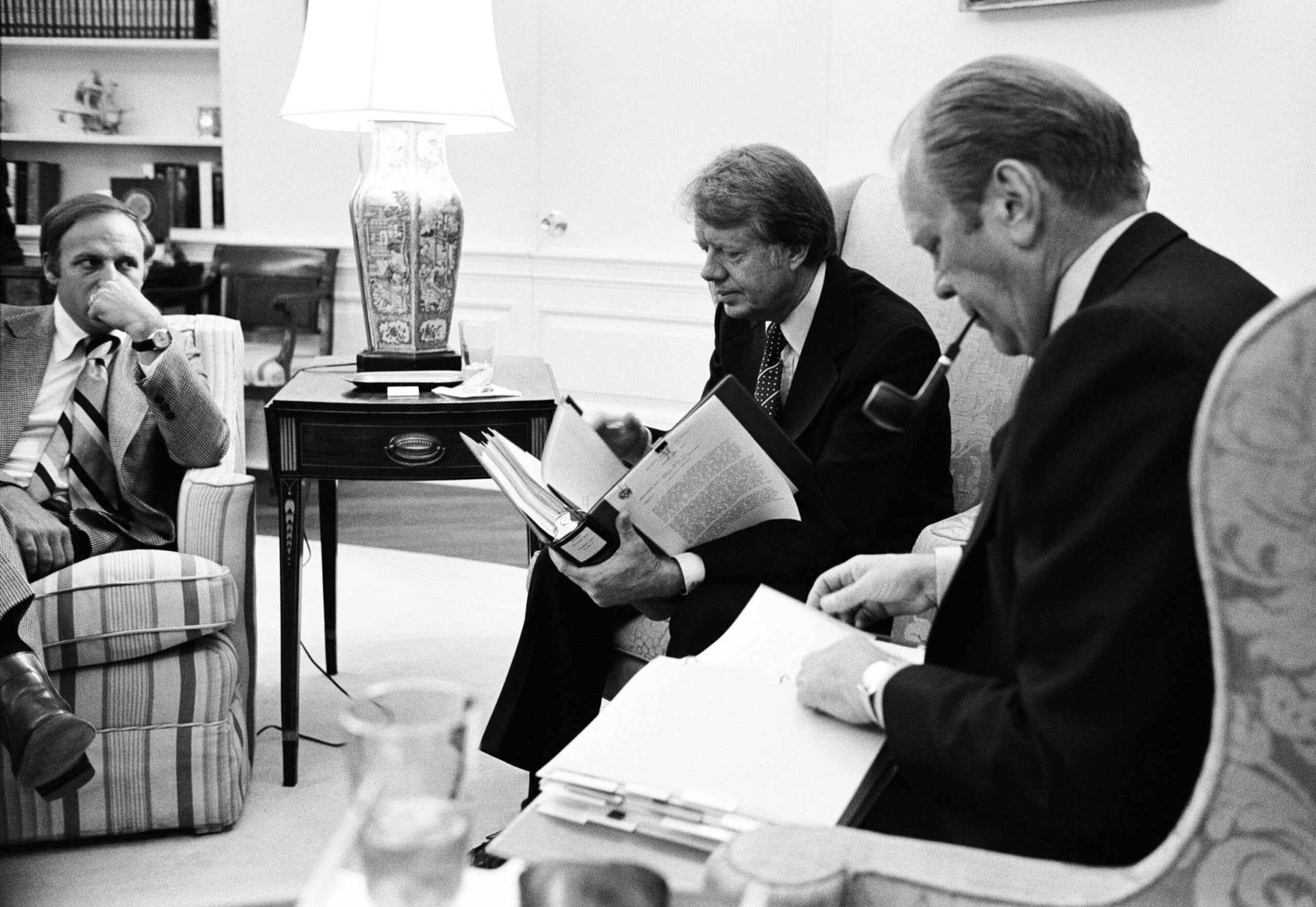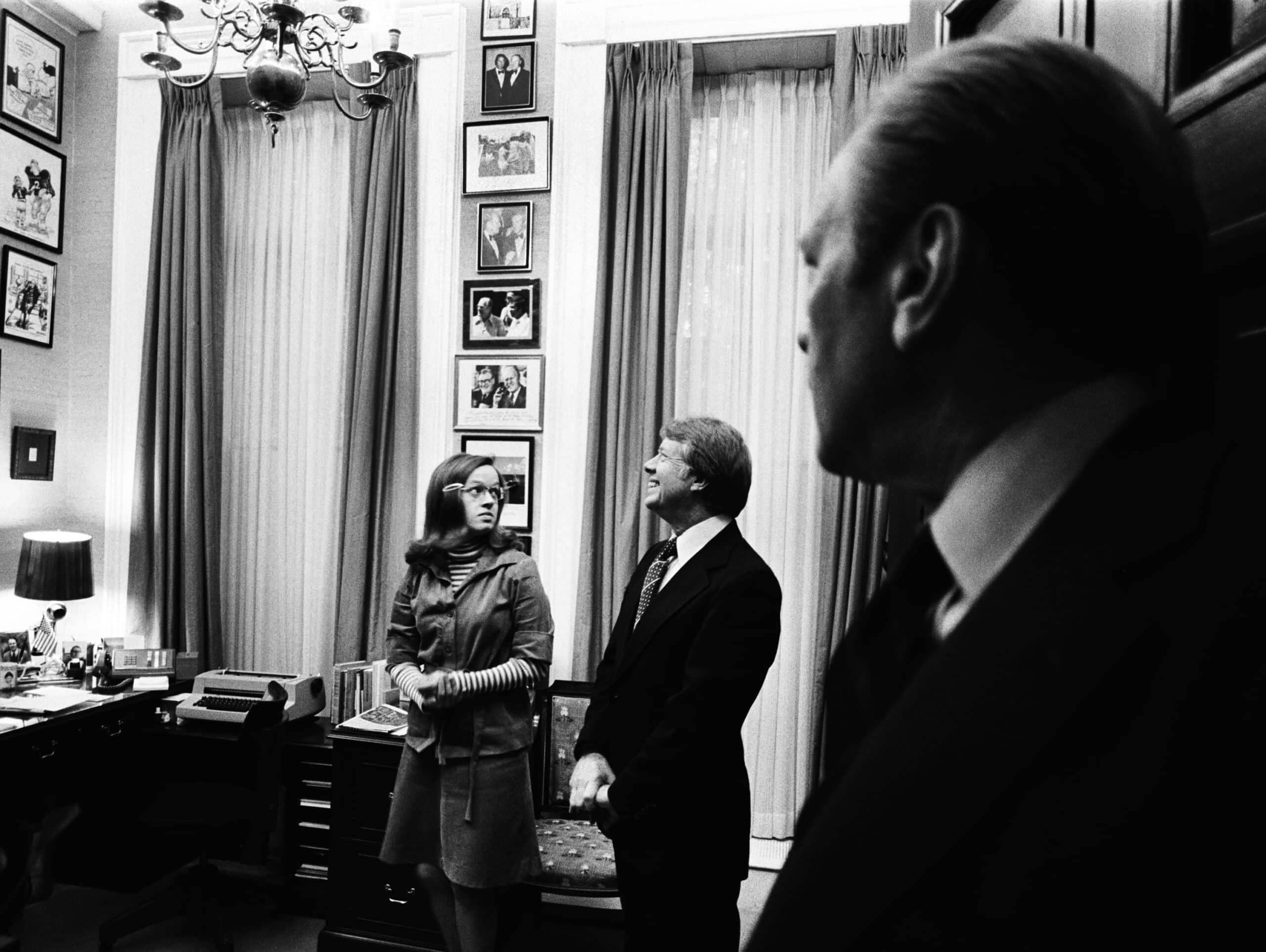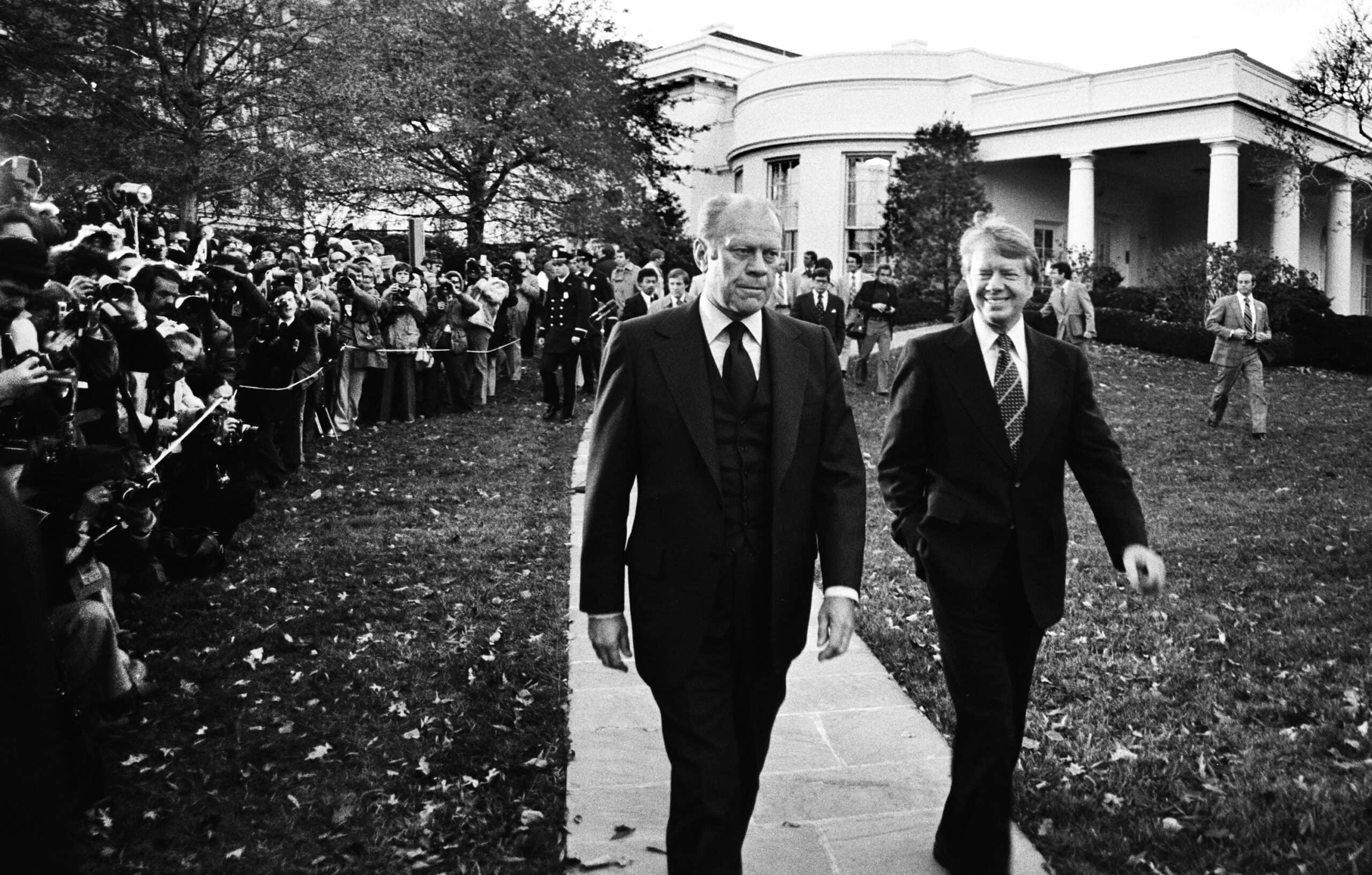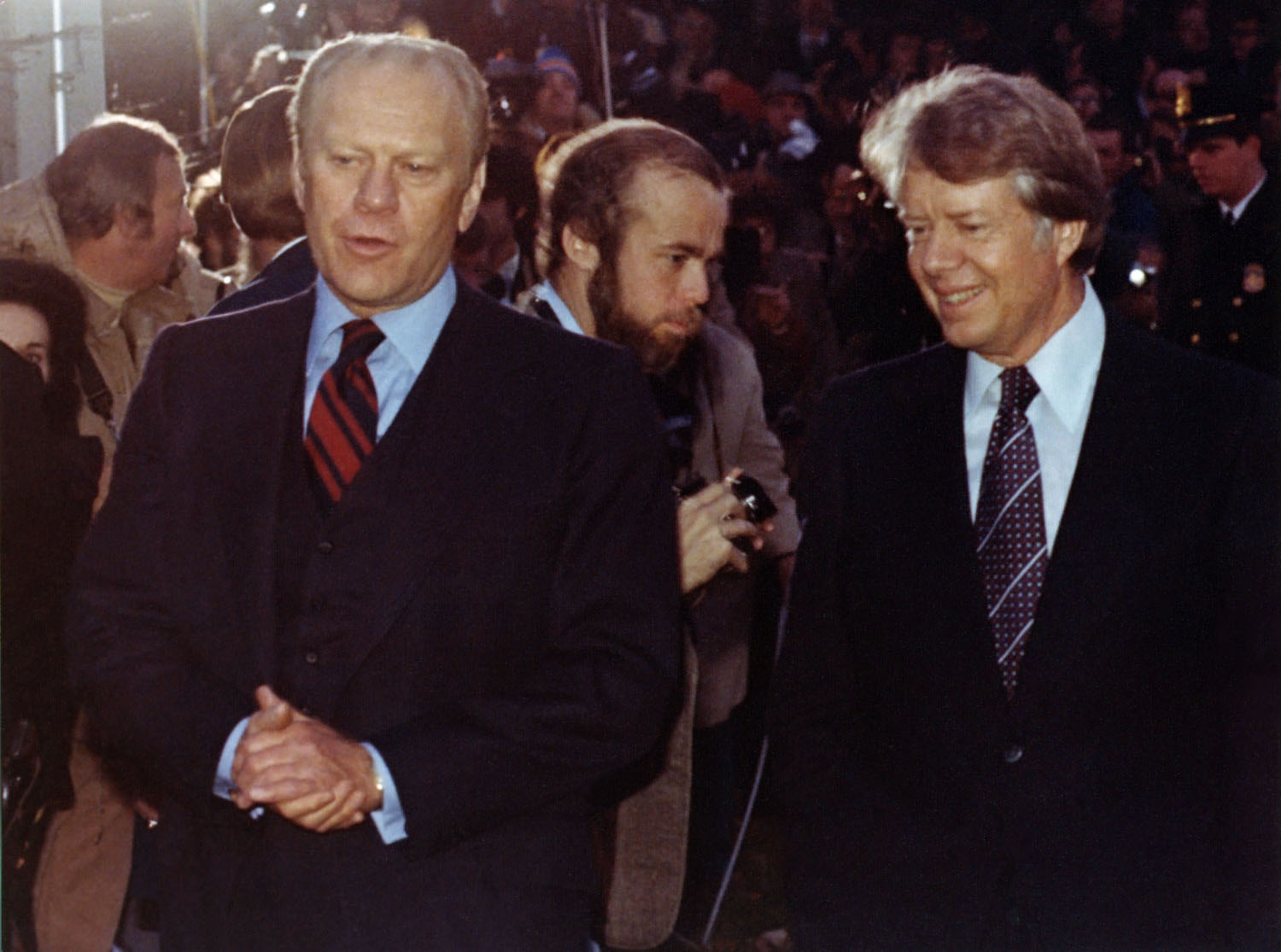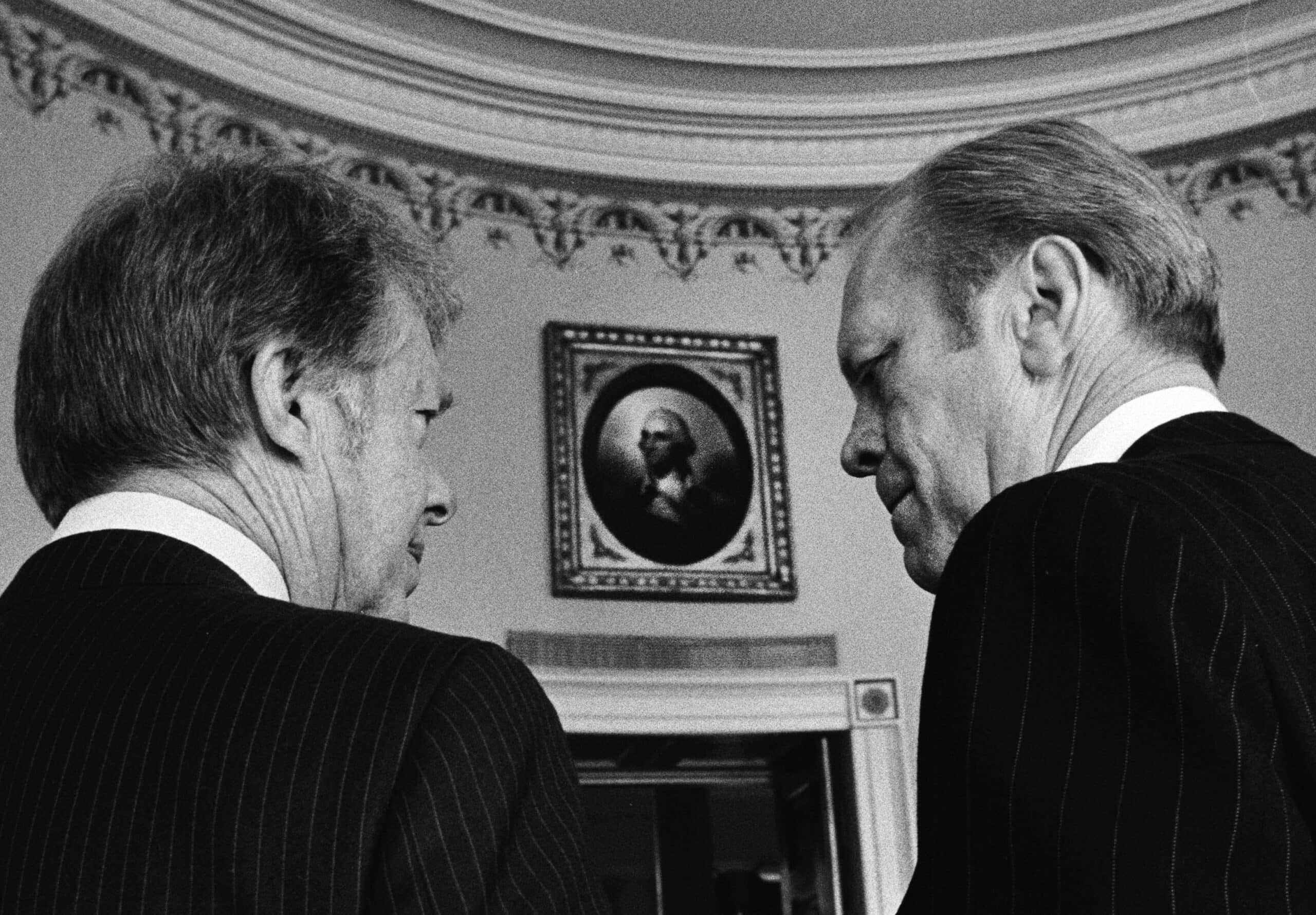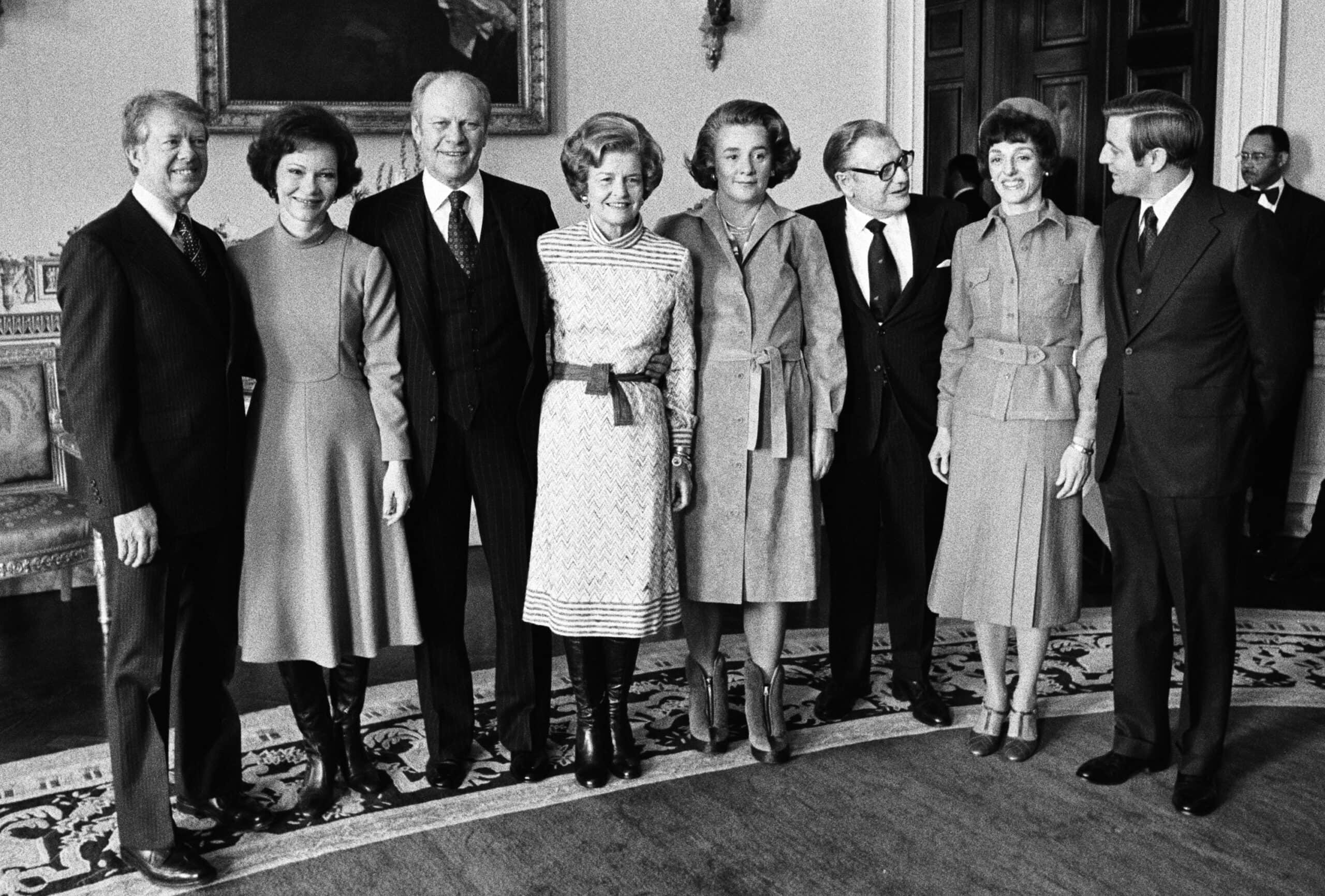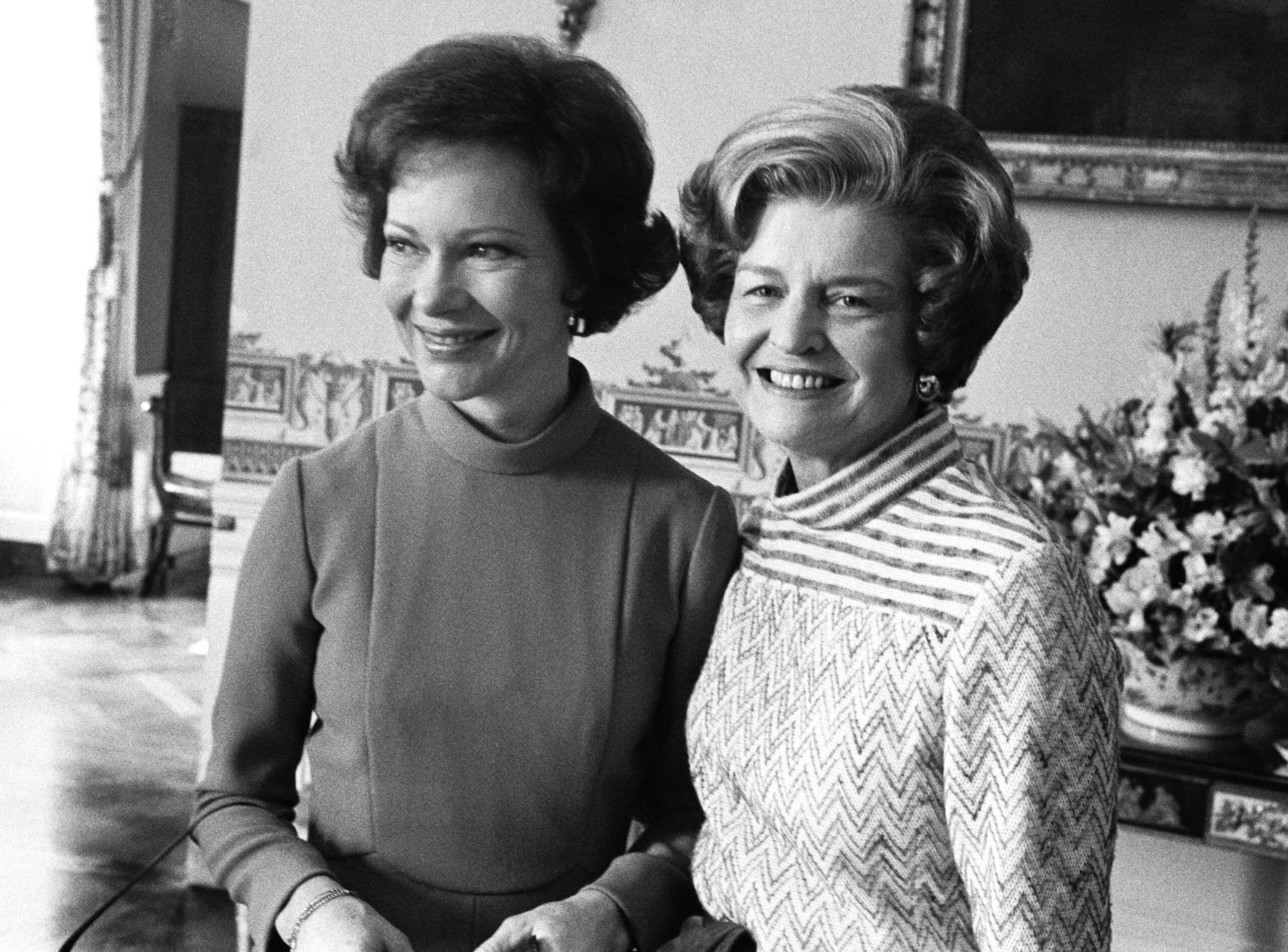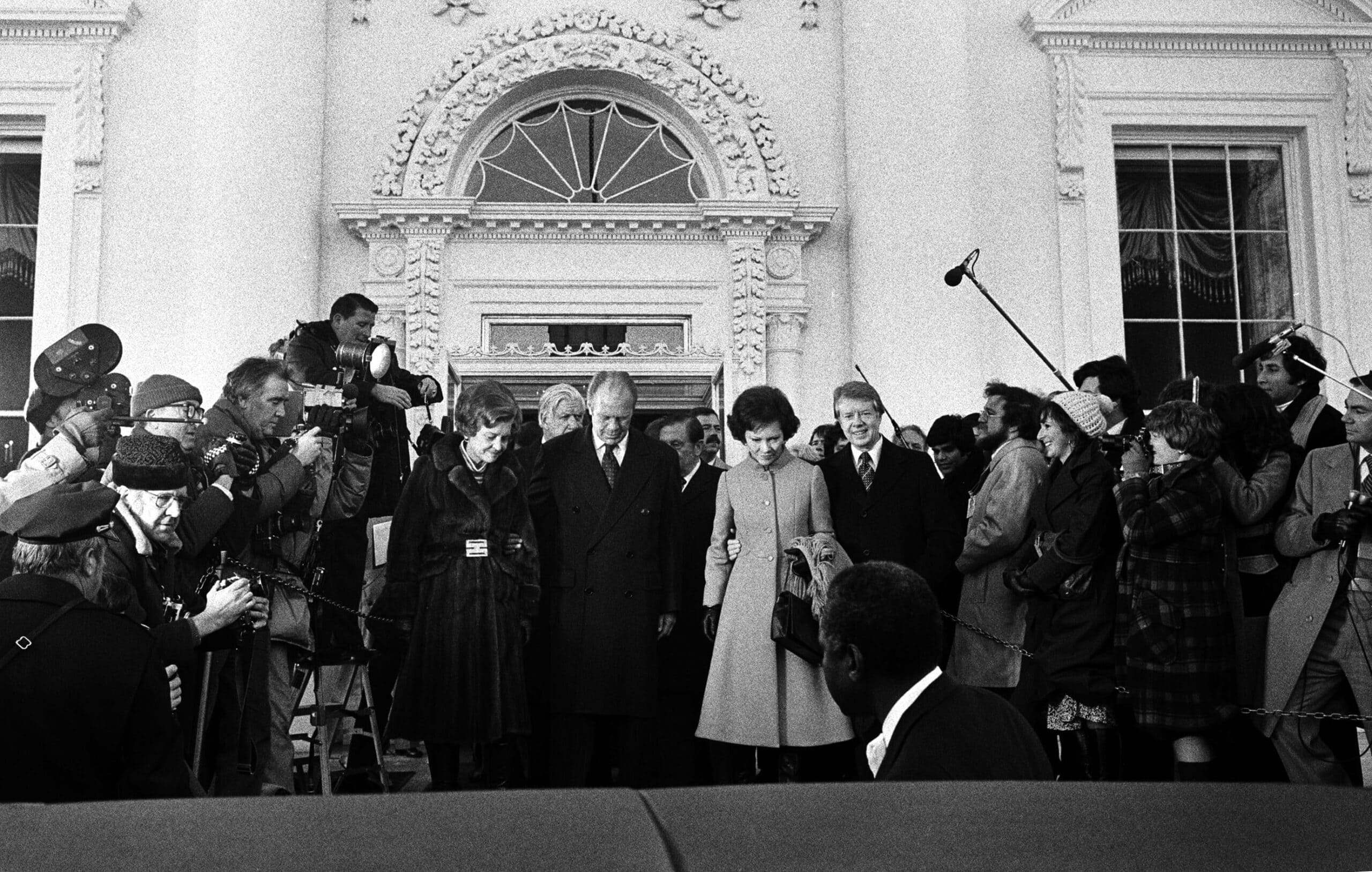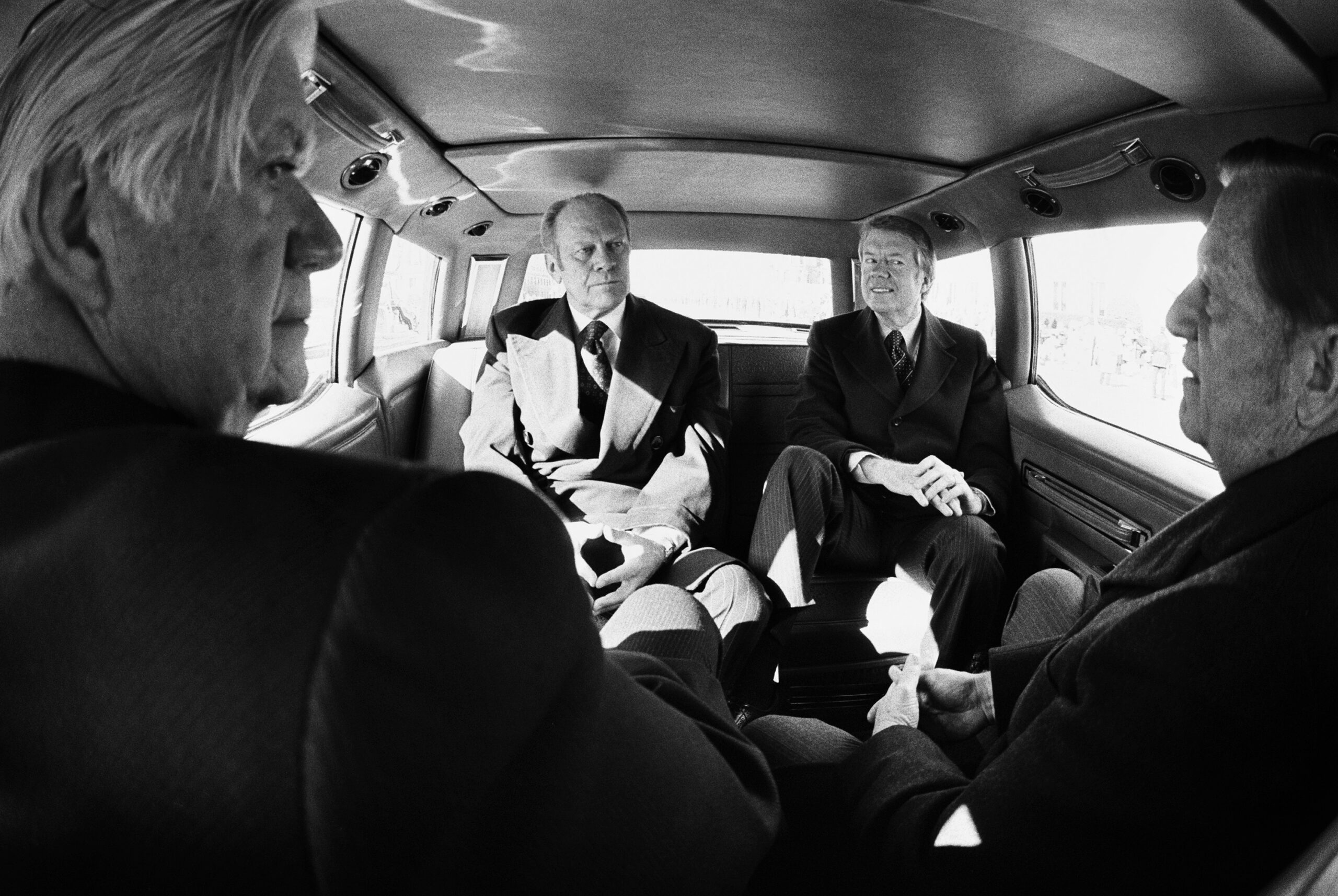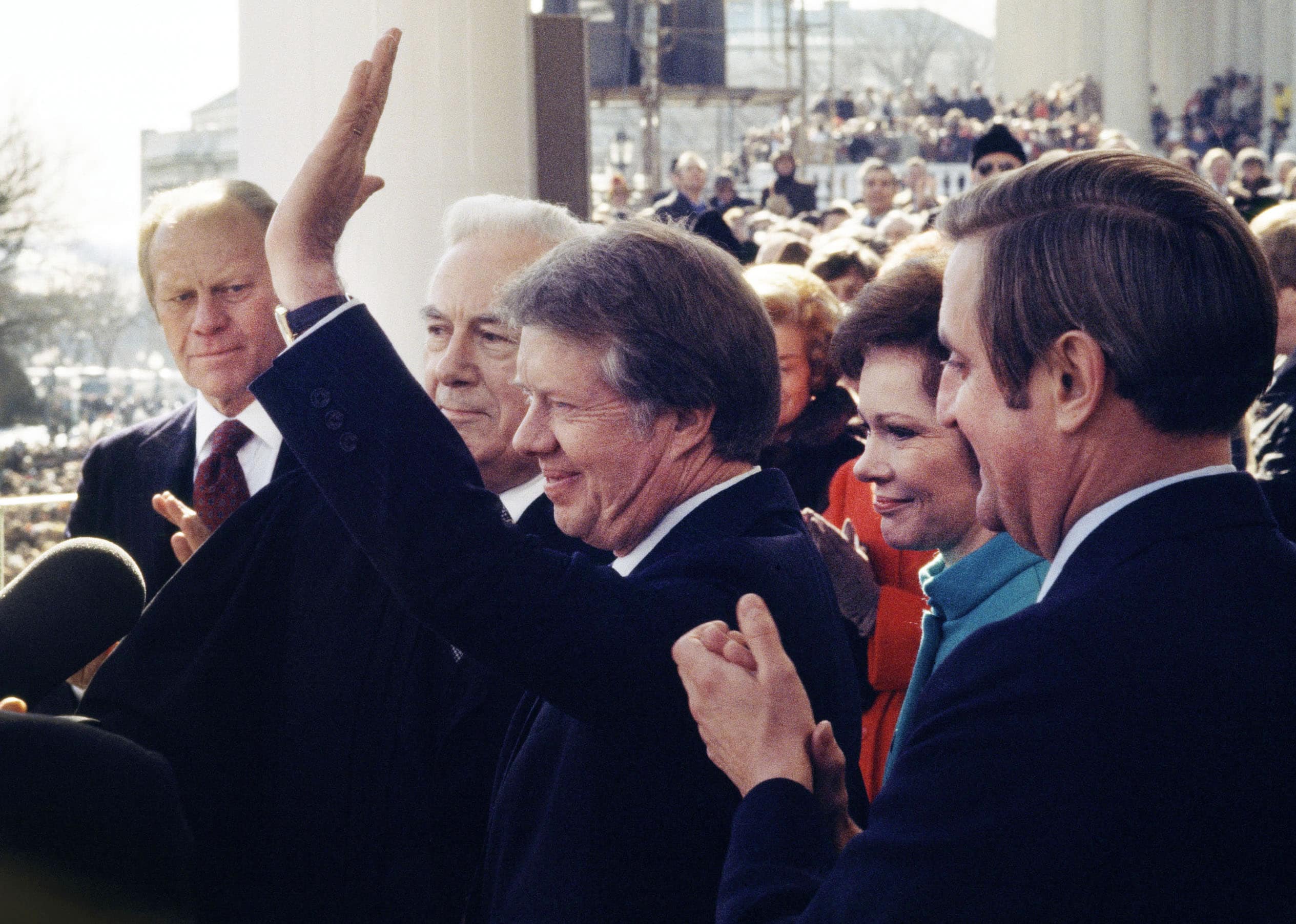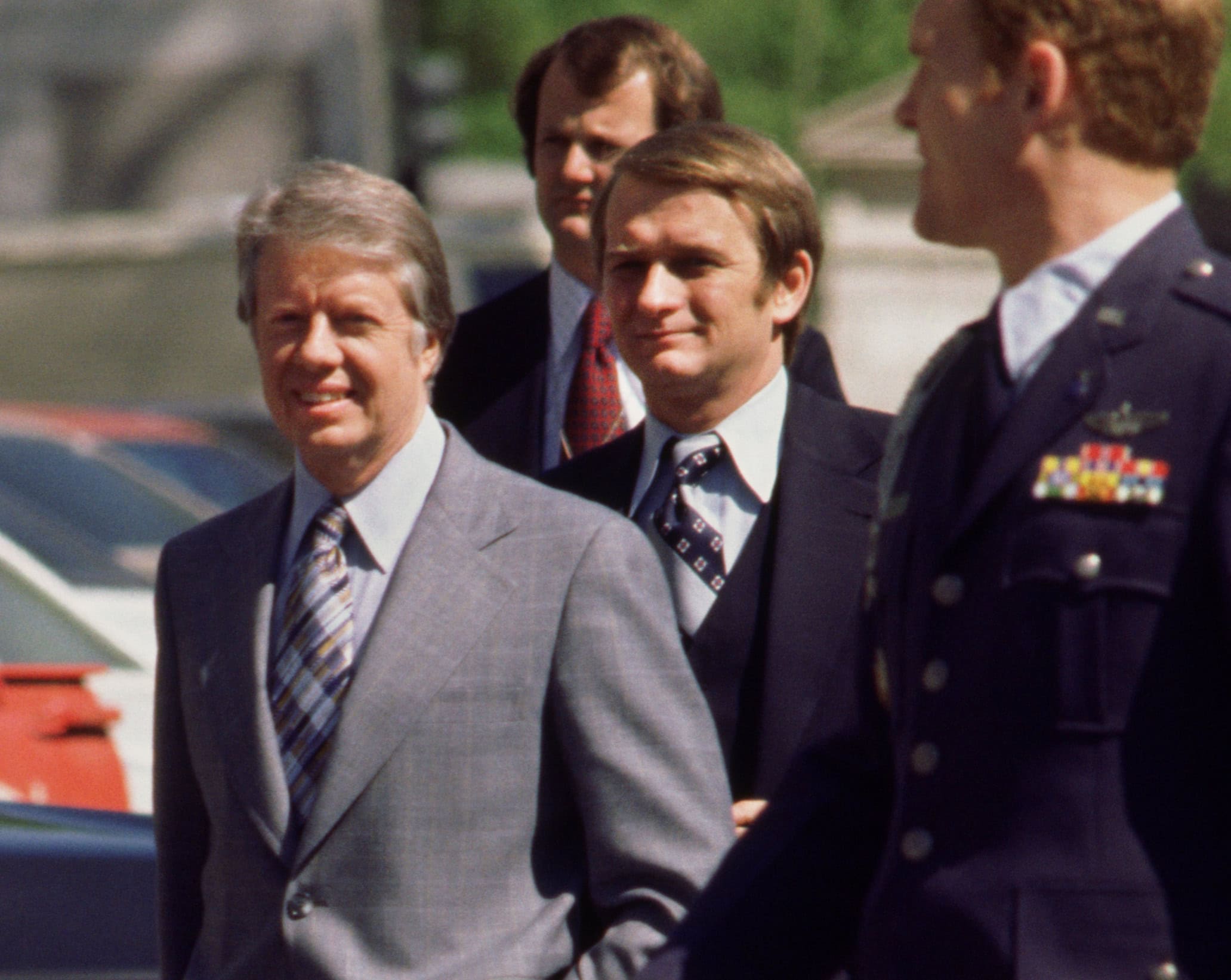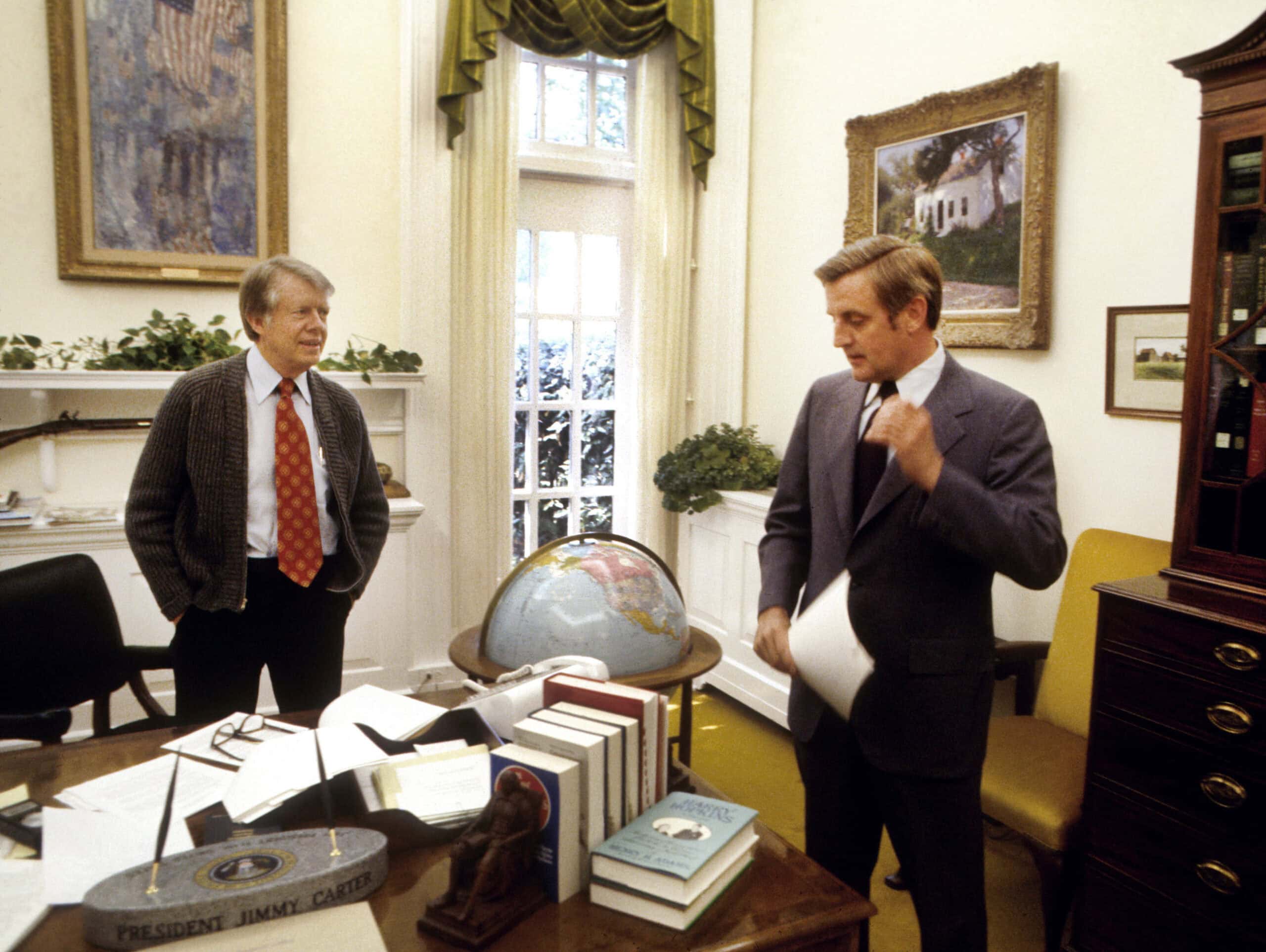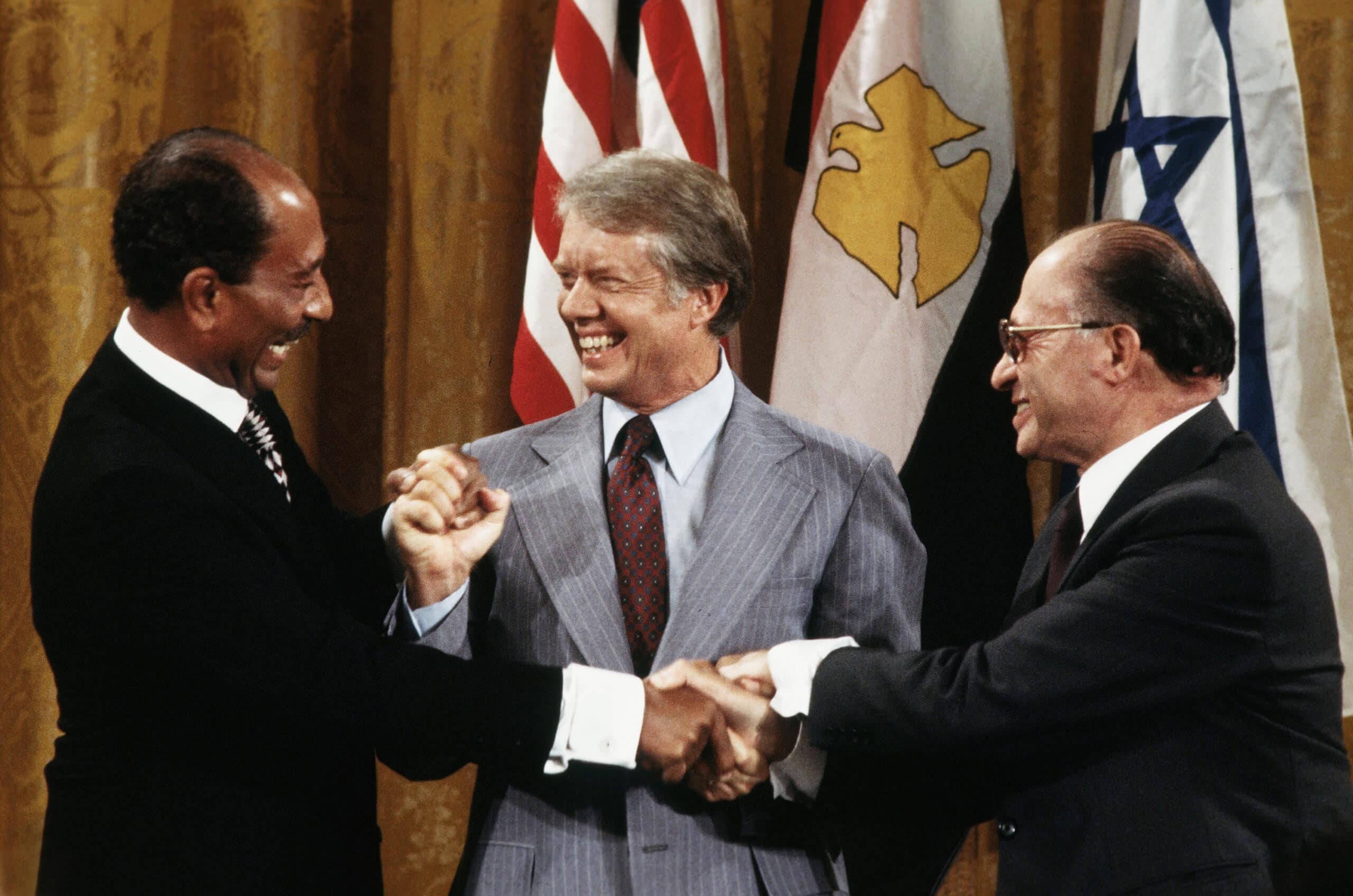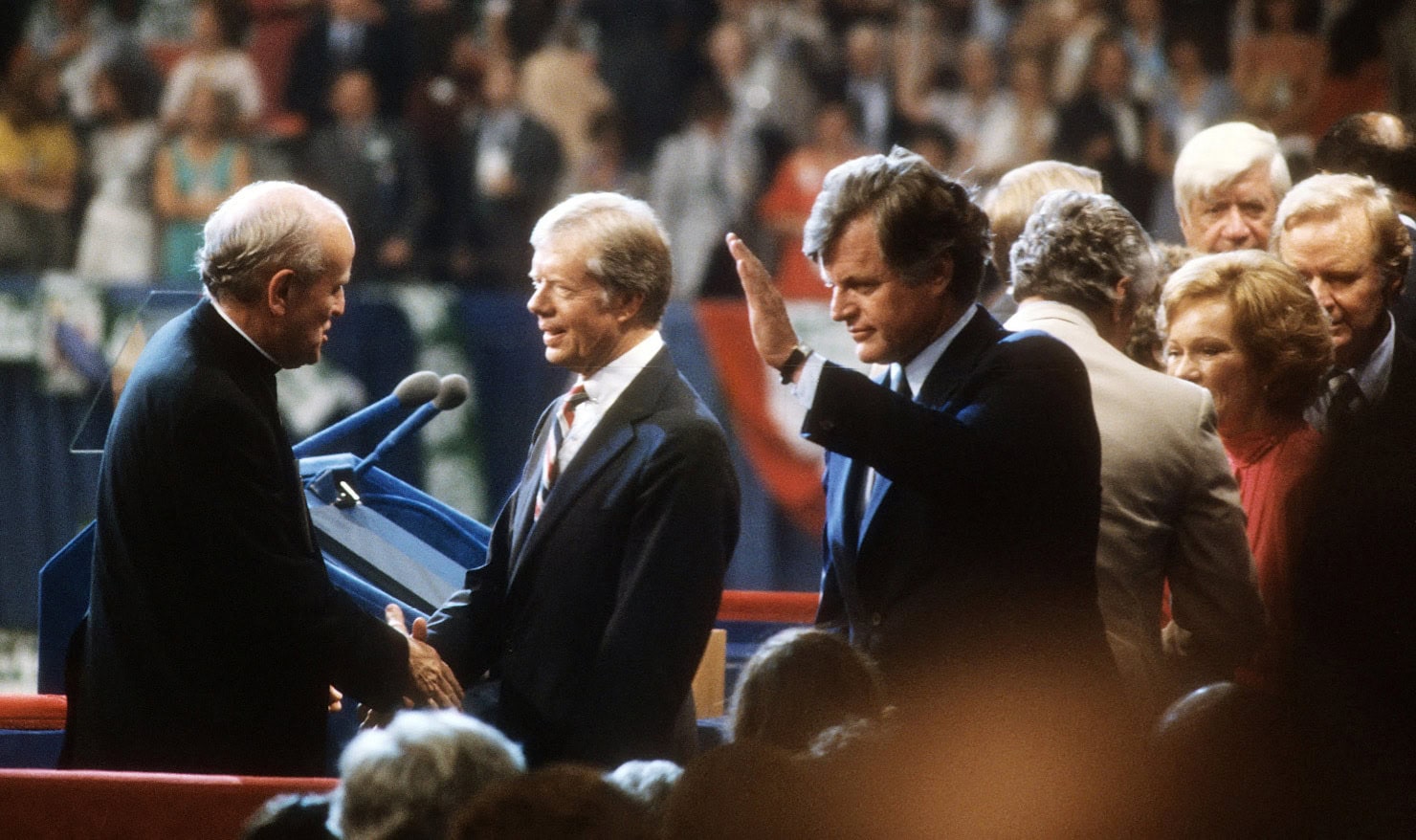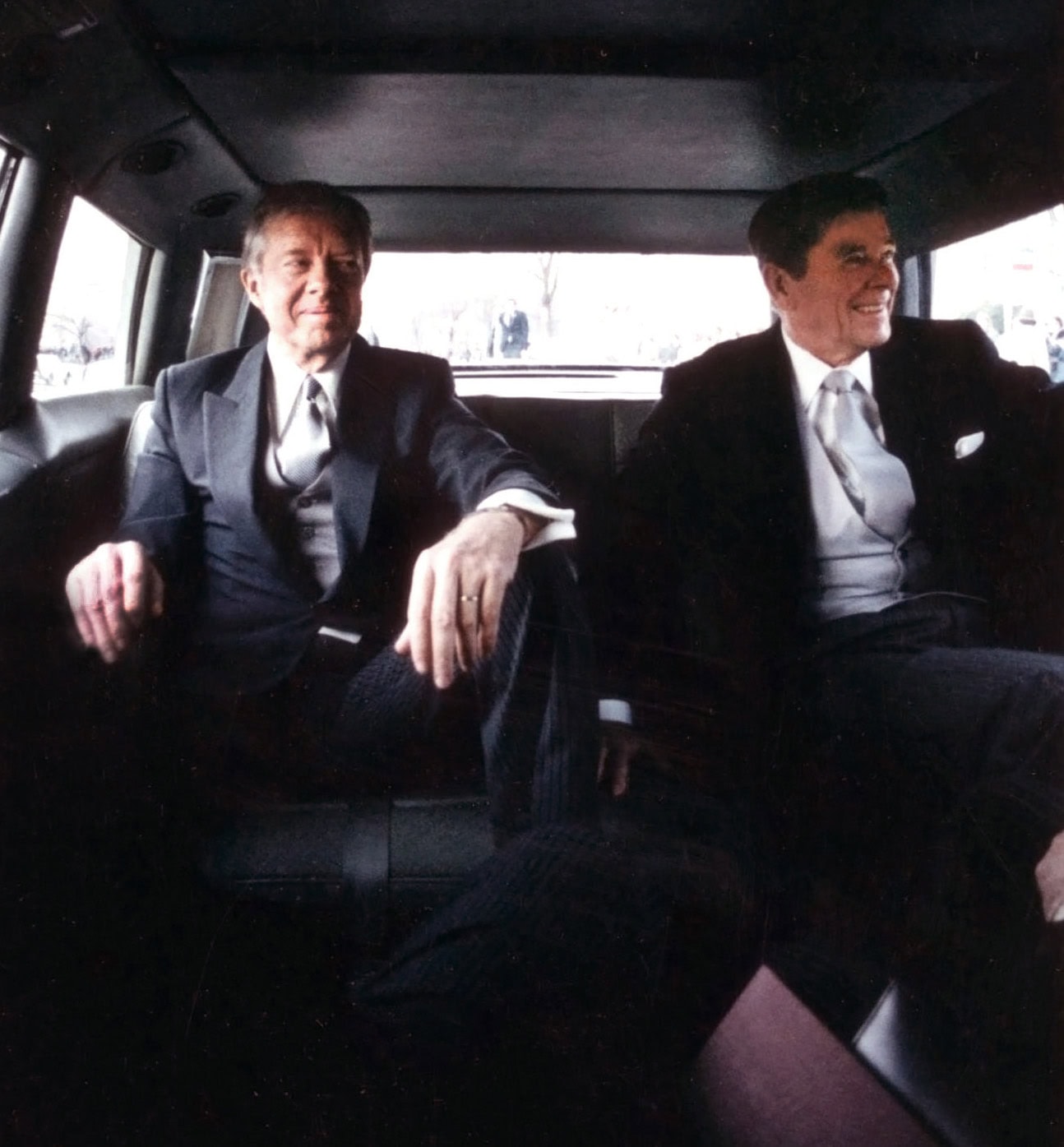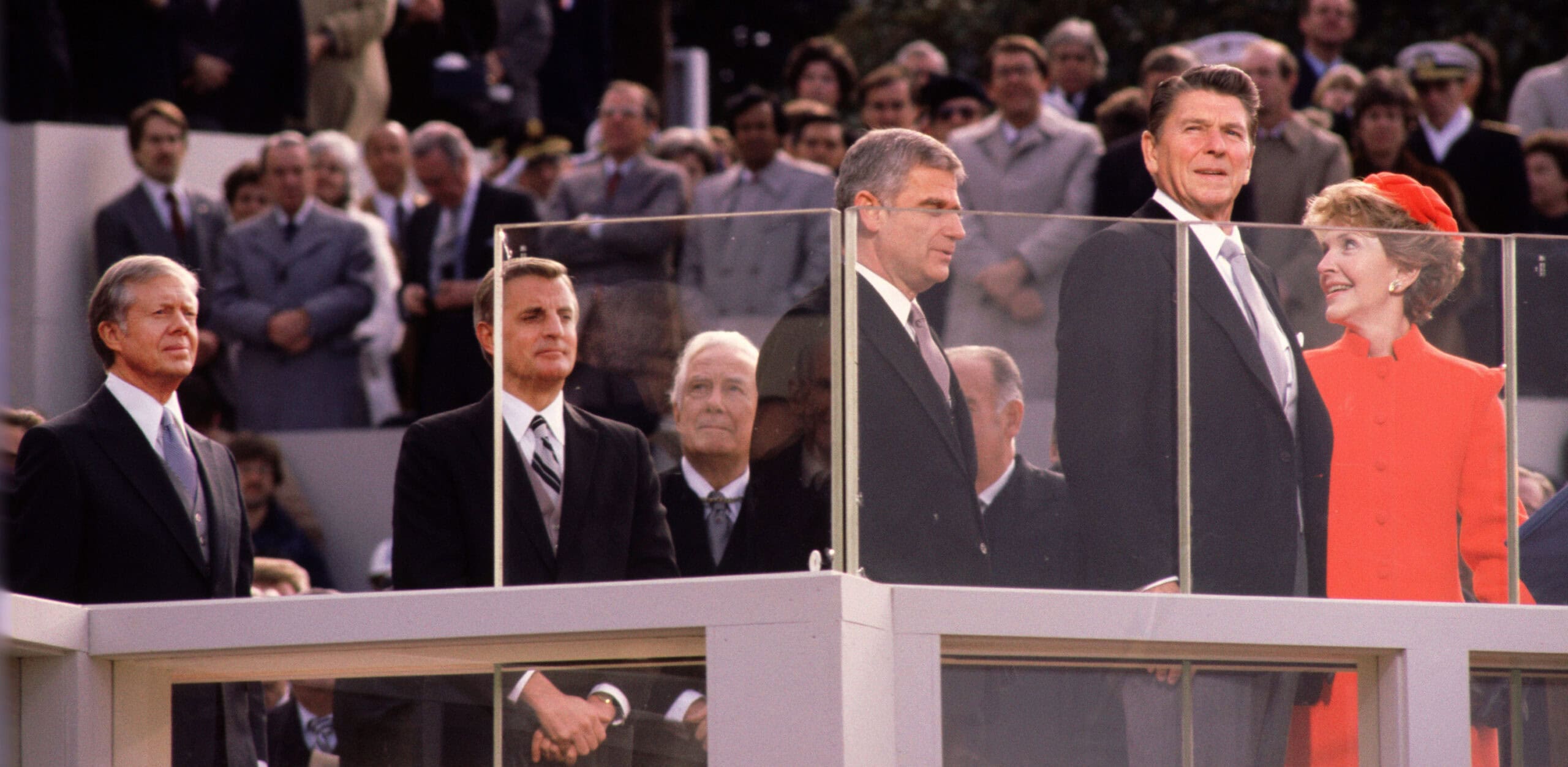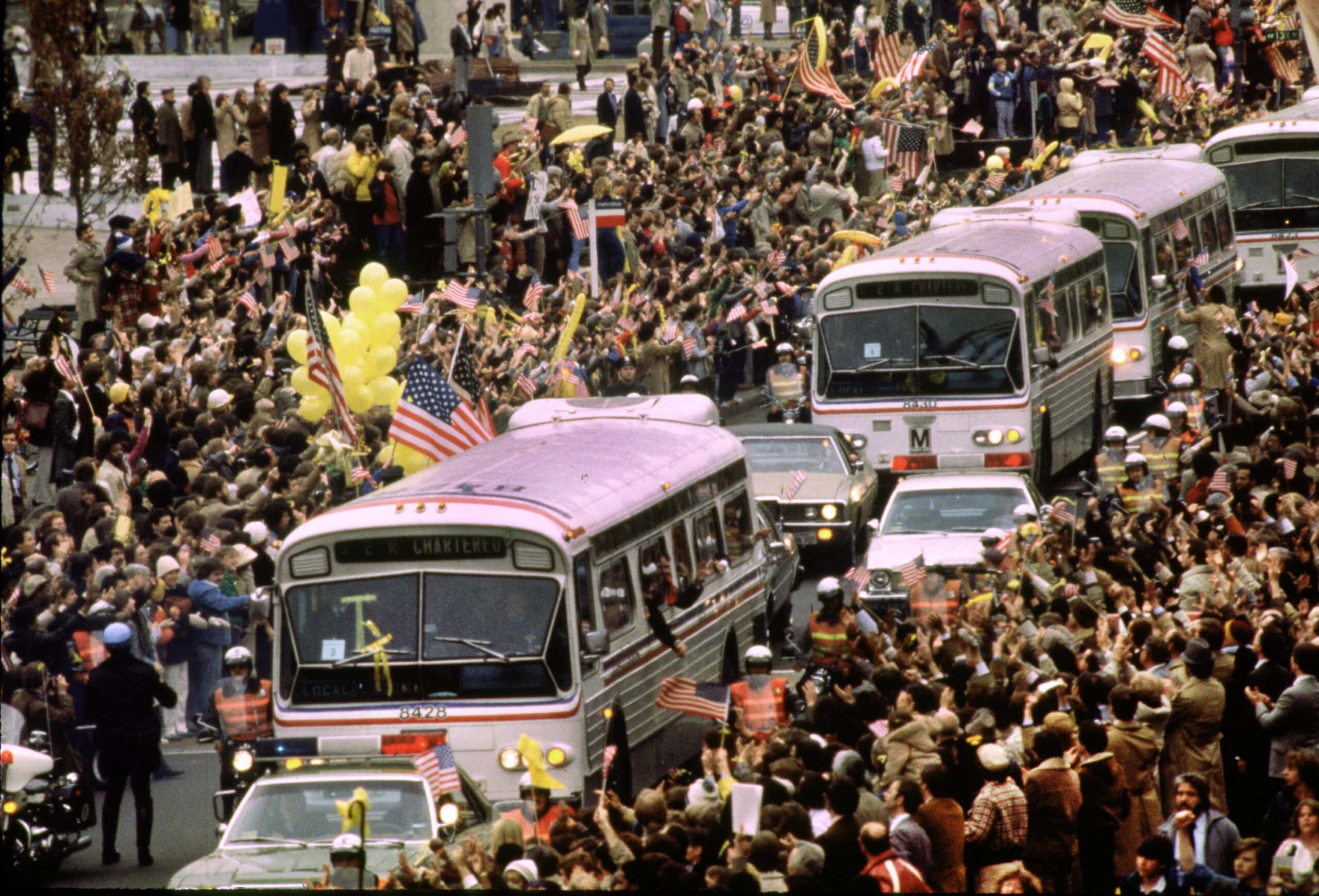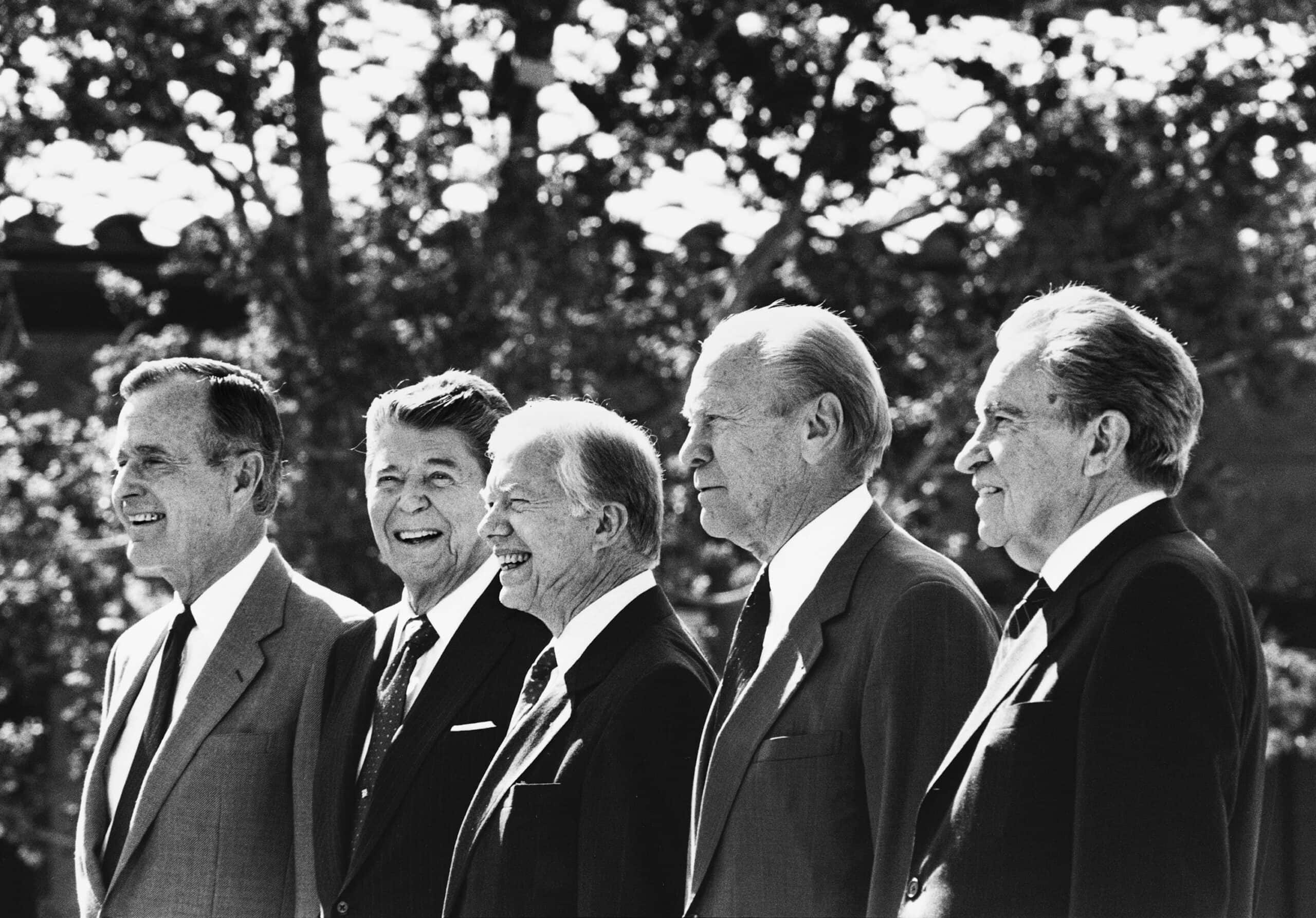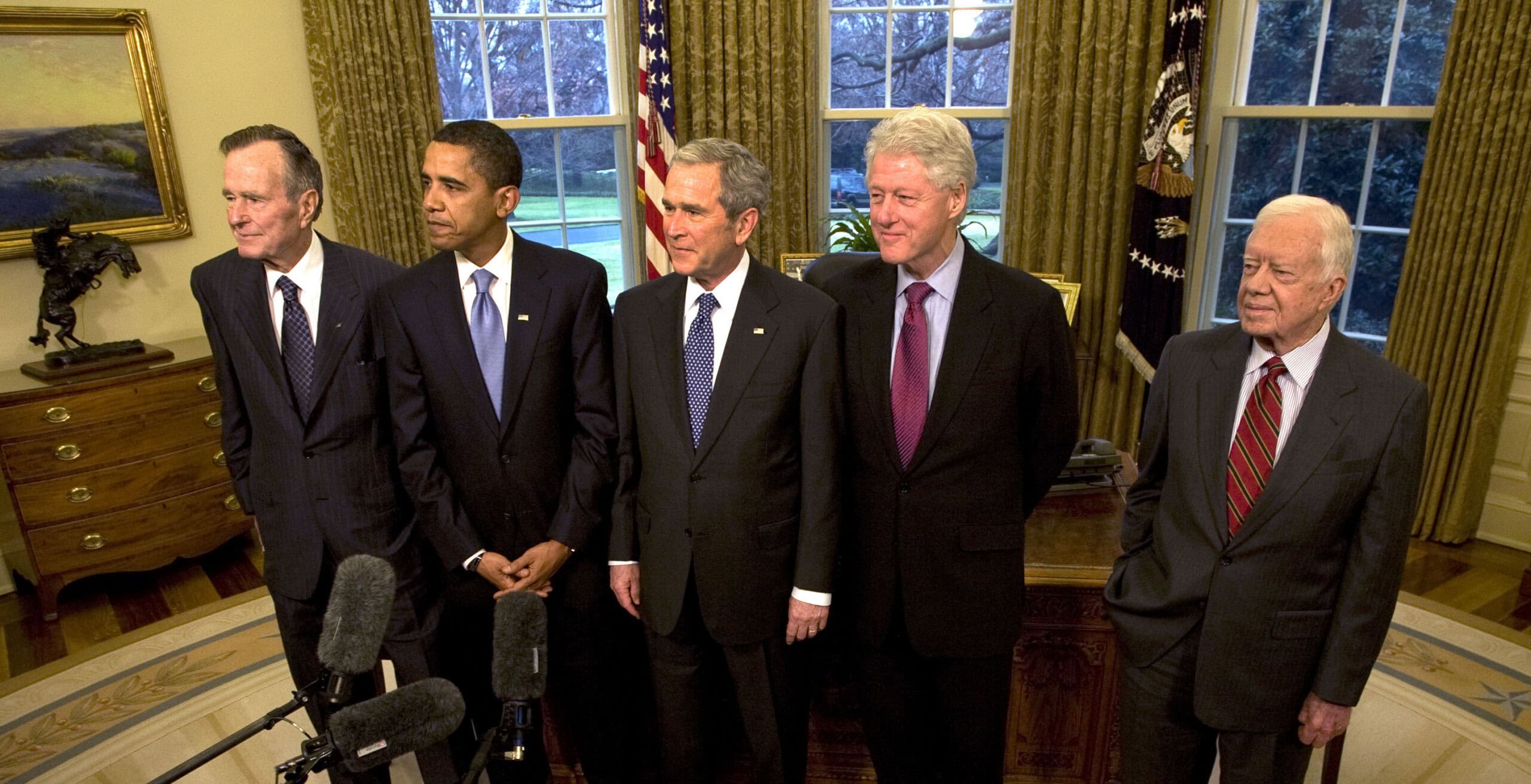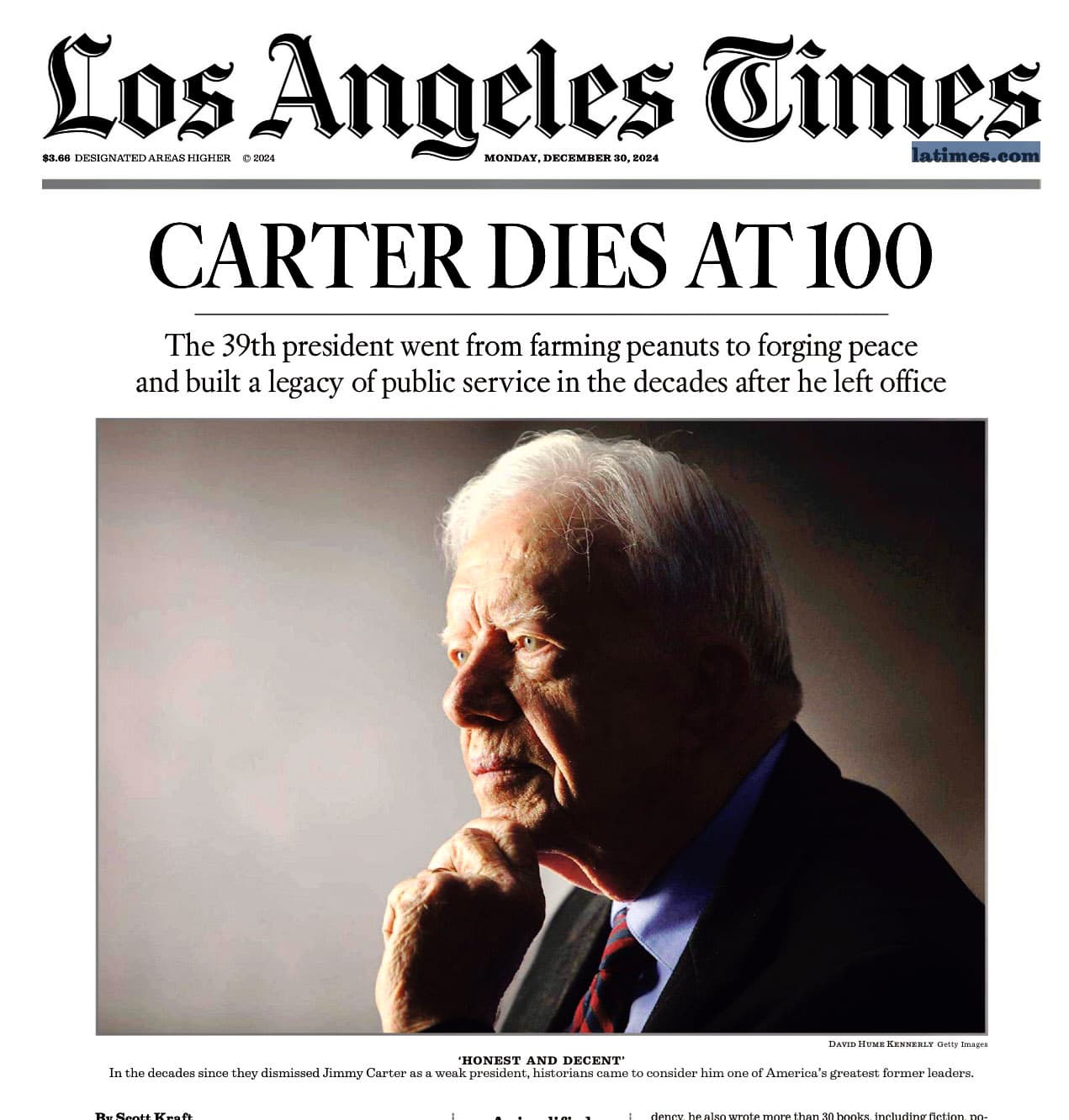The Palisades Fire burned over 25,000 acres (37 square miles), destroying large areas of the Pacific Palisades, Topanga and Malibu. It was only one of several fires in Southern California that was driven by extreme Santa Ana winds, some gusting to 100 mph. The Palisades fire itself was the third largest California wildfire ever, with more than a dozen deaths and at least 6,700 structures destroyed. The perfect storm.
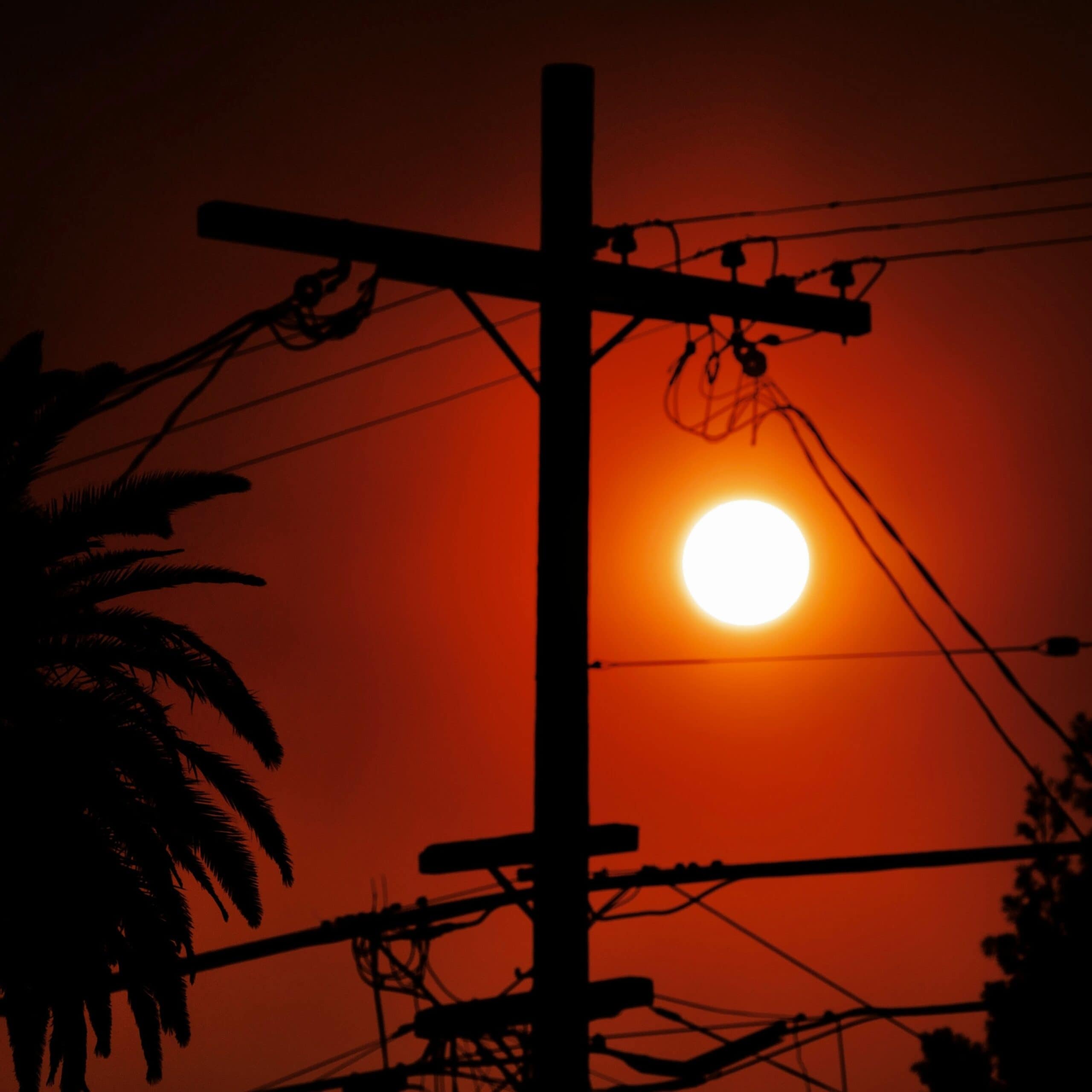
The conflagration was first reported on the morning of January 7th and quickly spread due to severe draught conditions combined with unusually strong Santa Ana winds. Three days later I hired a helicopter from Van Nuys Airport expertly piloted by Peter Lowry of Group 3 Aviation. The windy days before that made flying difficult.
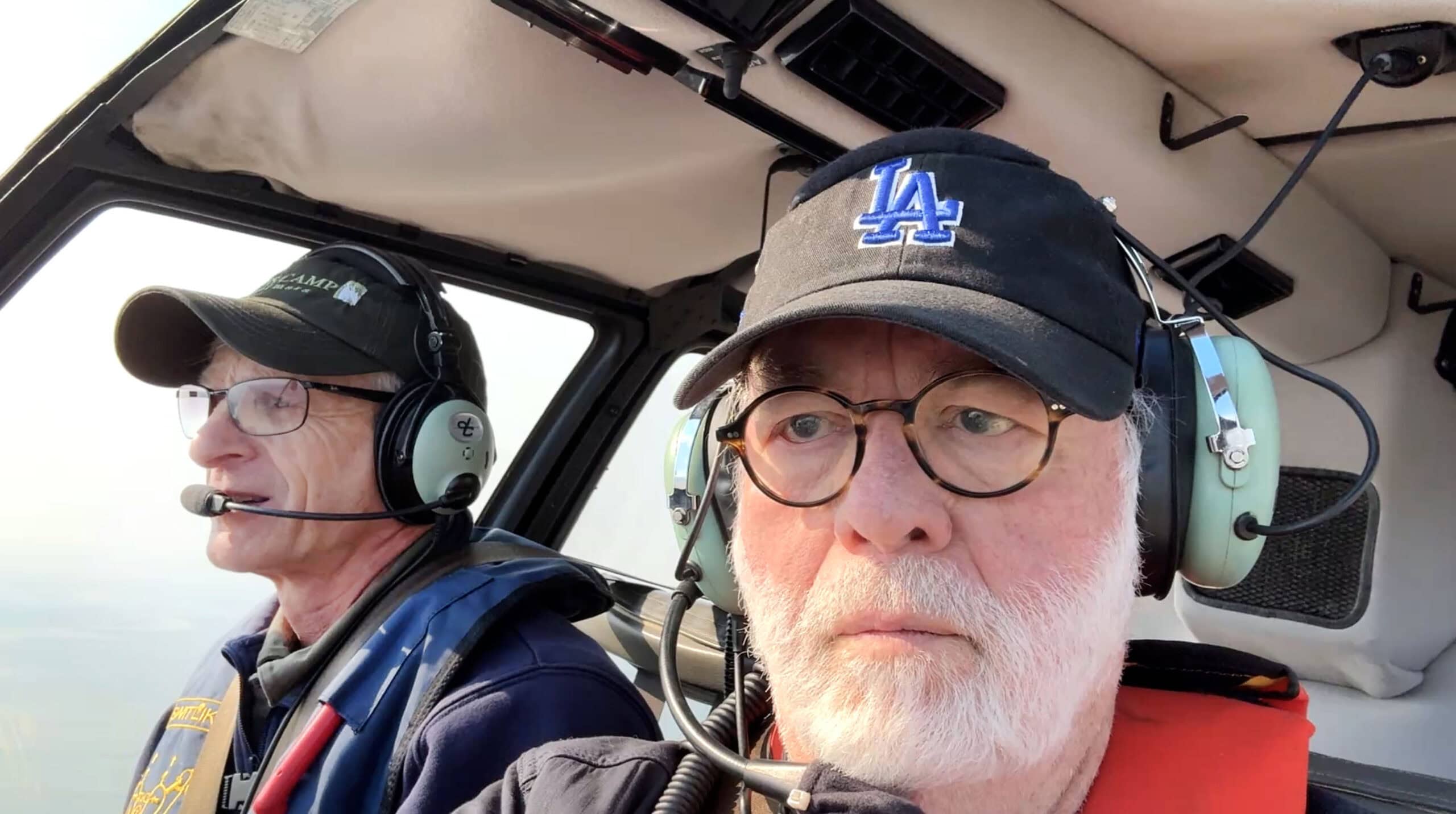
When we got near the fire zone the smoke looked like an active volcano. At this point the fire was burning away from the Palisades. Some damaged homes are along the Pacific Coast Highway in the foreground.
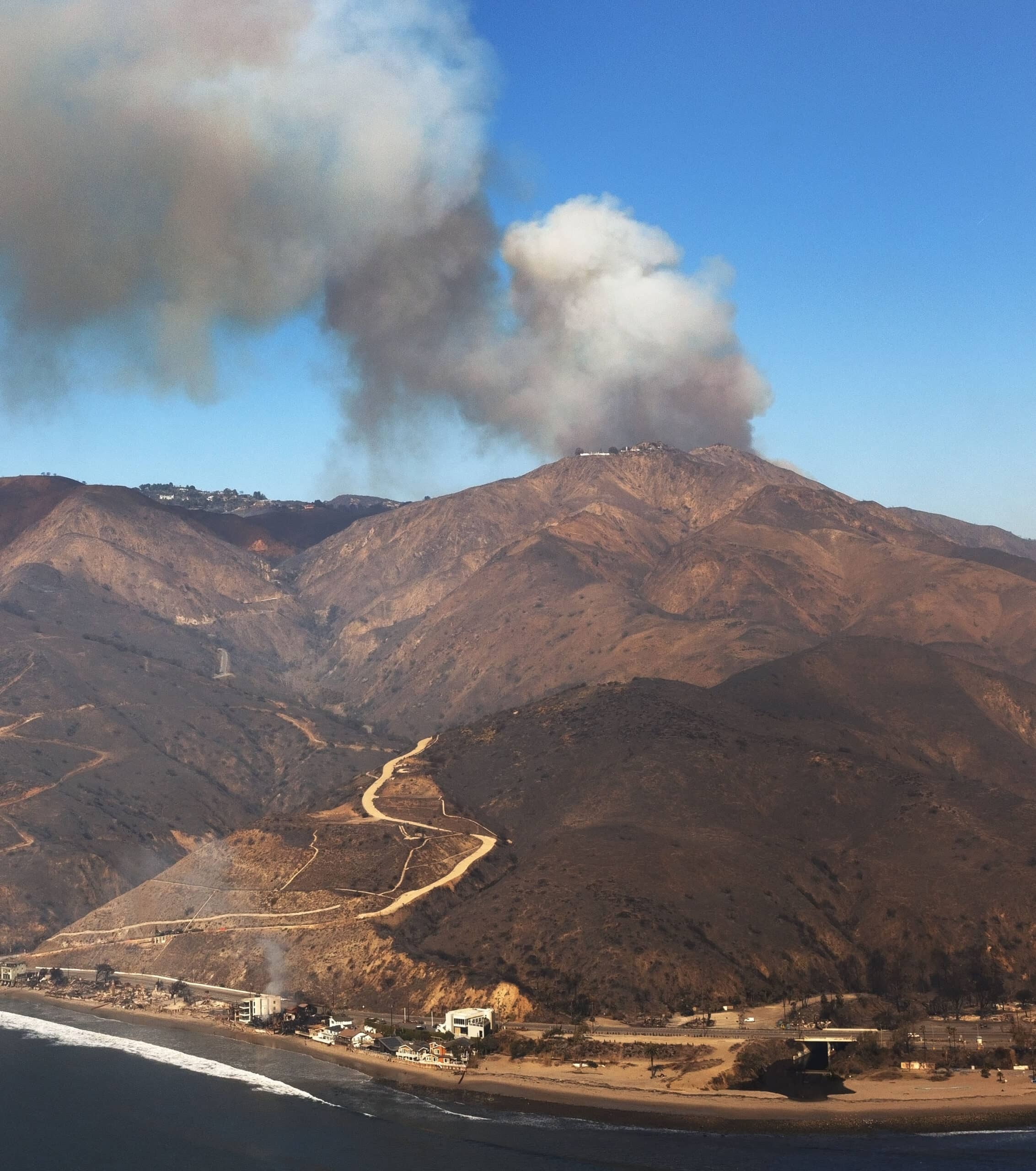
My first look at the damage was along the Pacific Coast Highway where the fire jumped the road and burned down strips of houses and businesses right next to the ocean. What was astonishing was that there were houses barely touched with everything burned down next to them. This was a theme repeated through my flyover of the affected area.
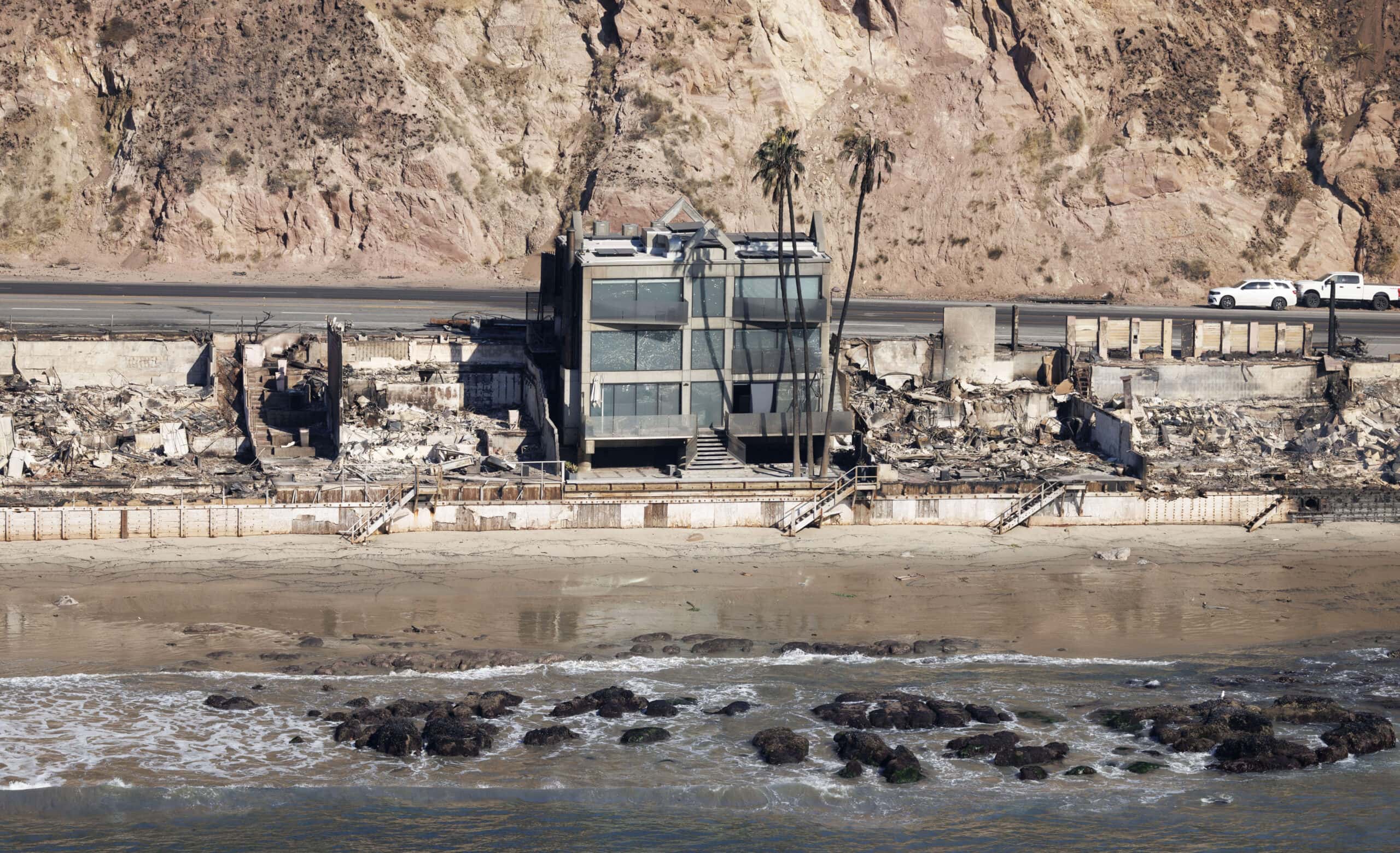
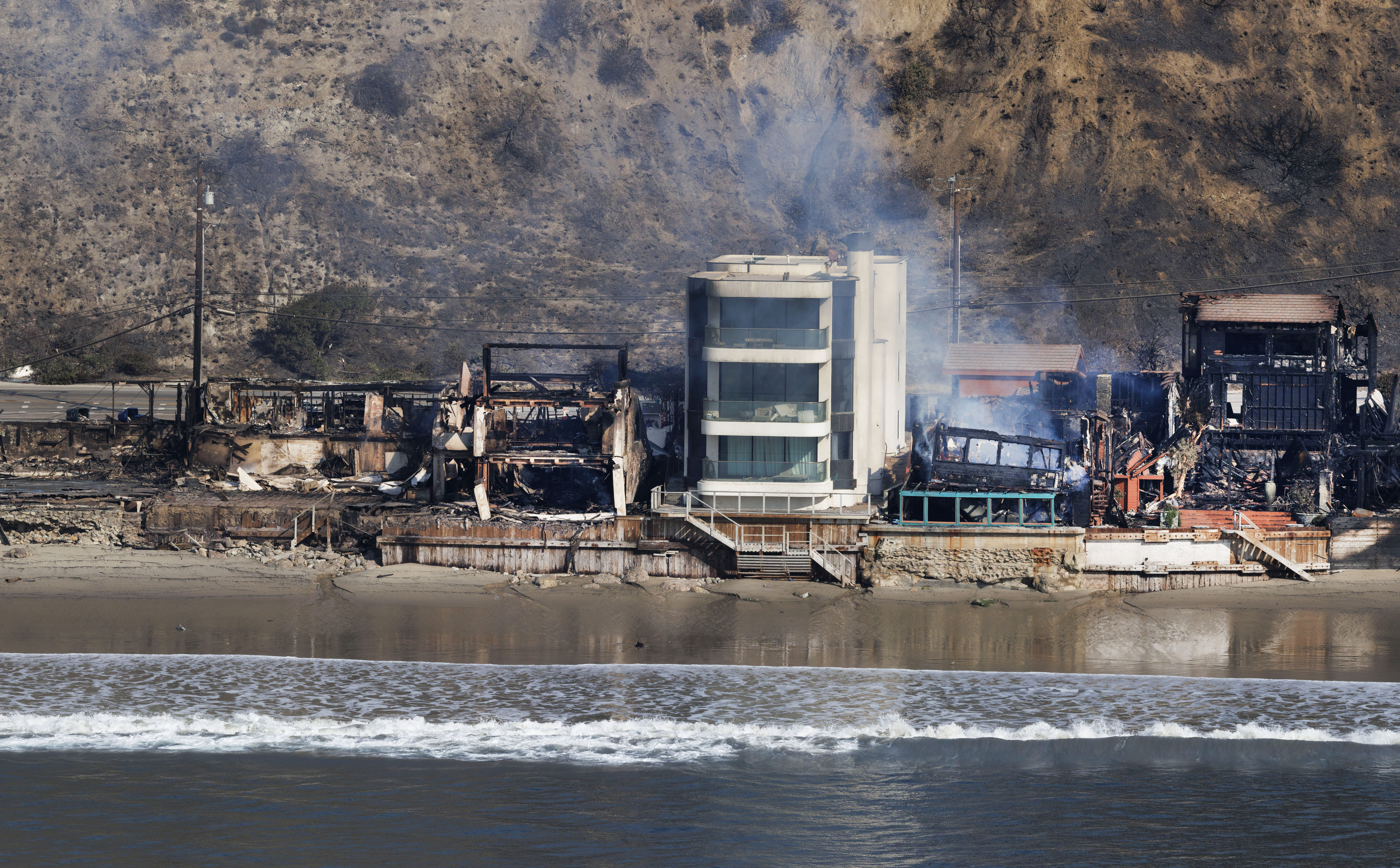
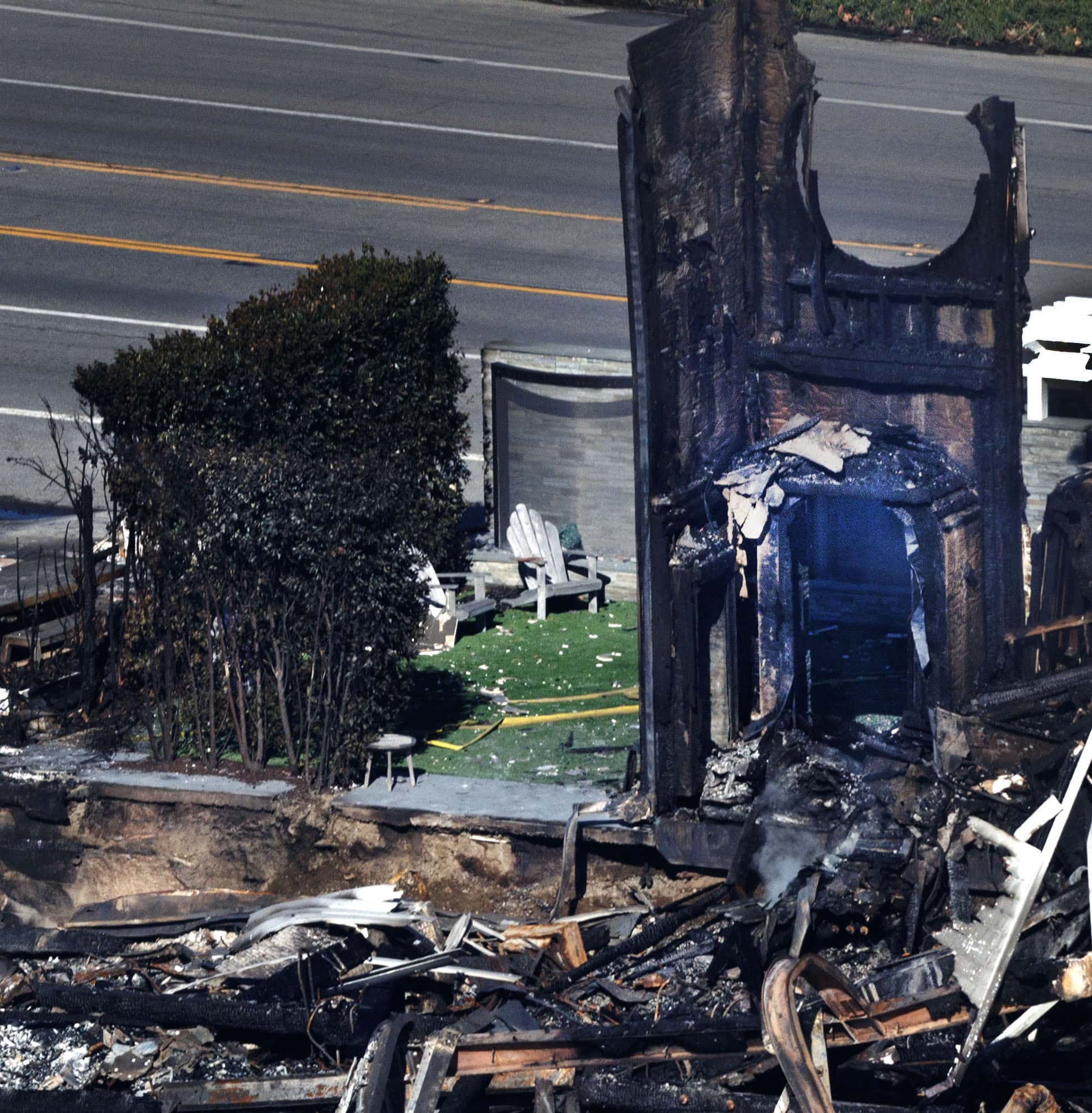
It’s hard to comprehend the destruction until you see it firsthand. I’d been watching the television coverage from the outset, but nothing really prepared me for the extent of the damage. The cliches flowed through the airwaves: ‘Looks like a war zone.” “Apocalyptic.” “Like a bomb went off.” And so on.
What I saw was a landscape of sorrow. Everything they had was gone. A life of little treasures turned to dust. A picture can’t describe that, their pain indescribable.
